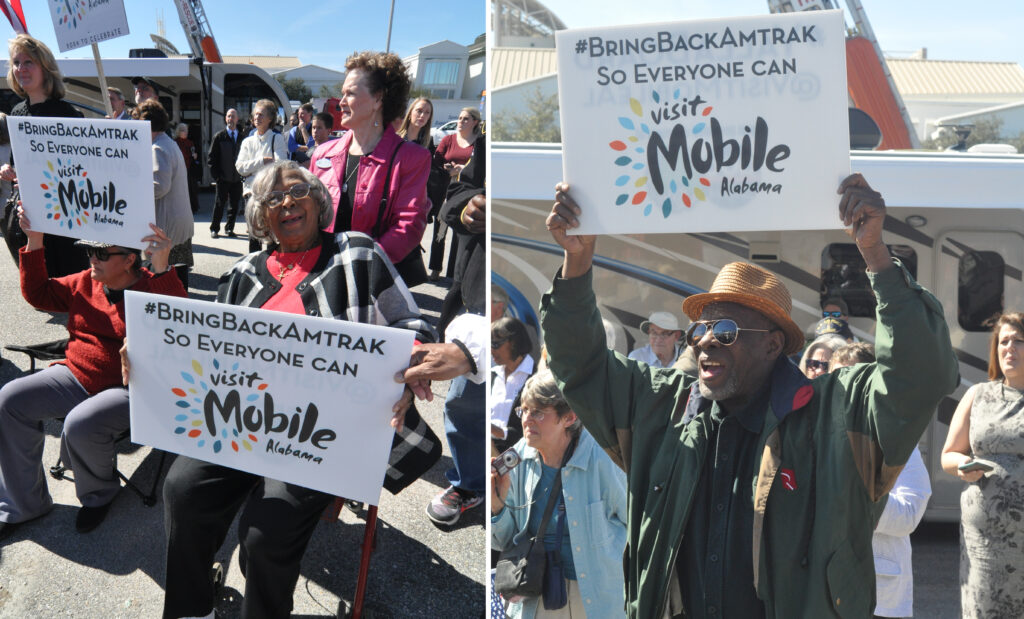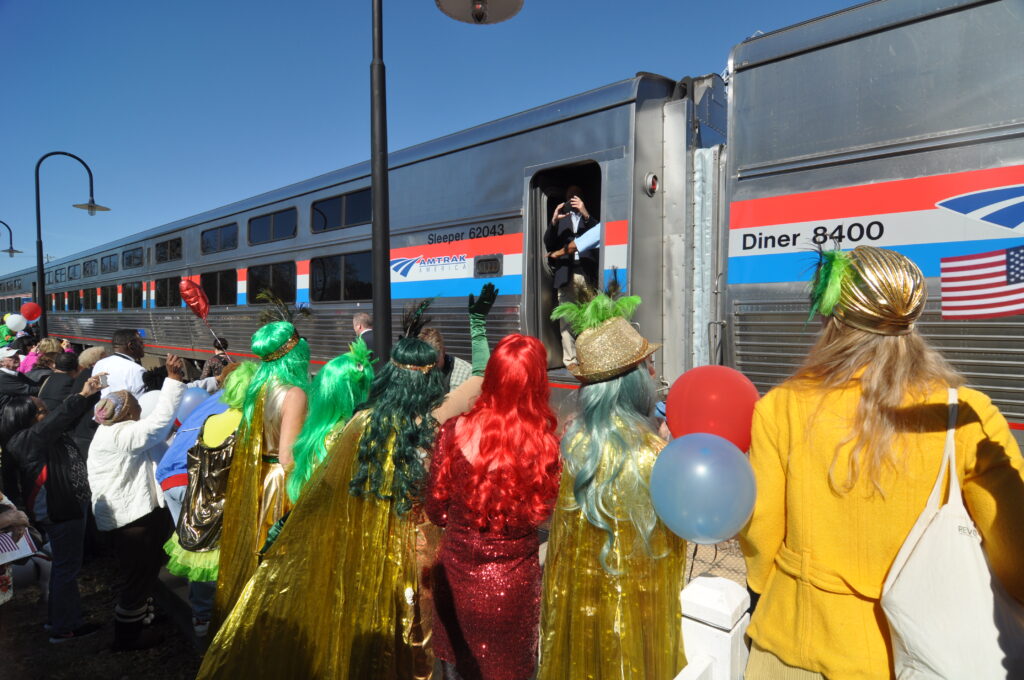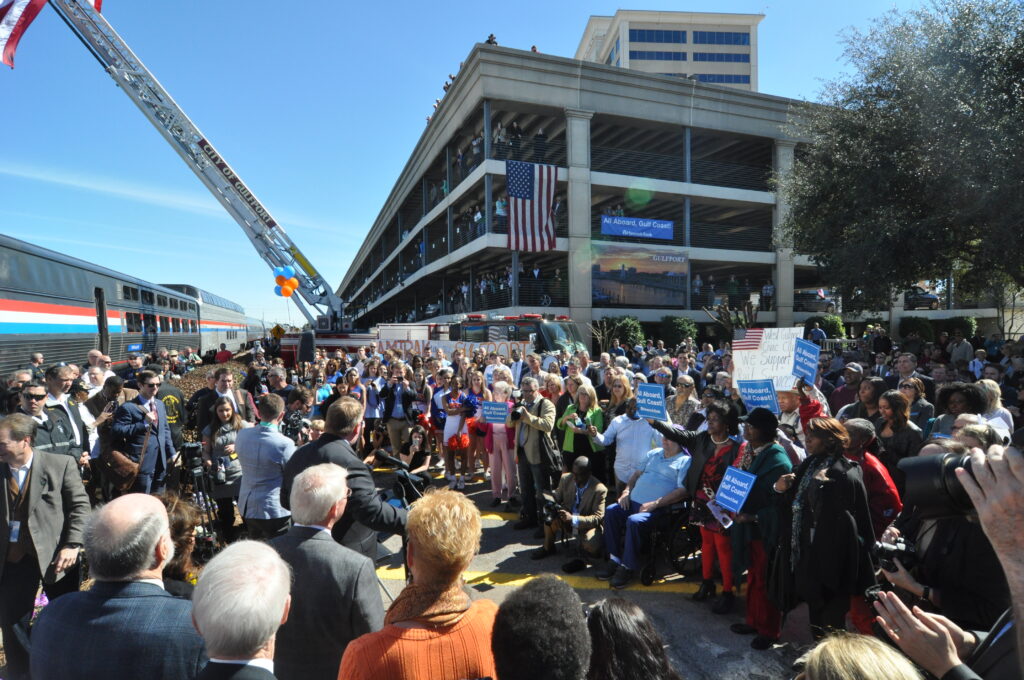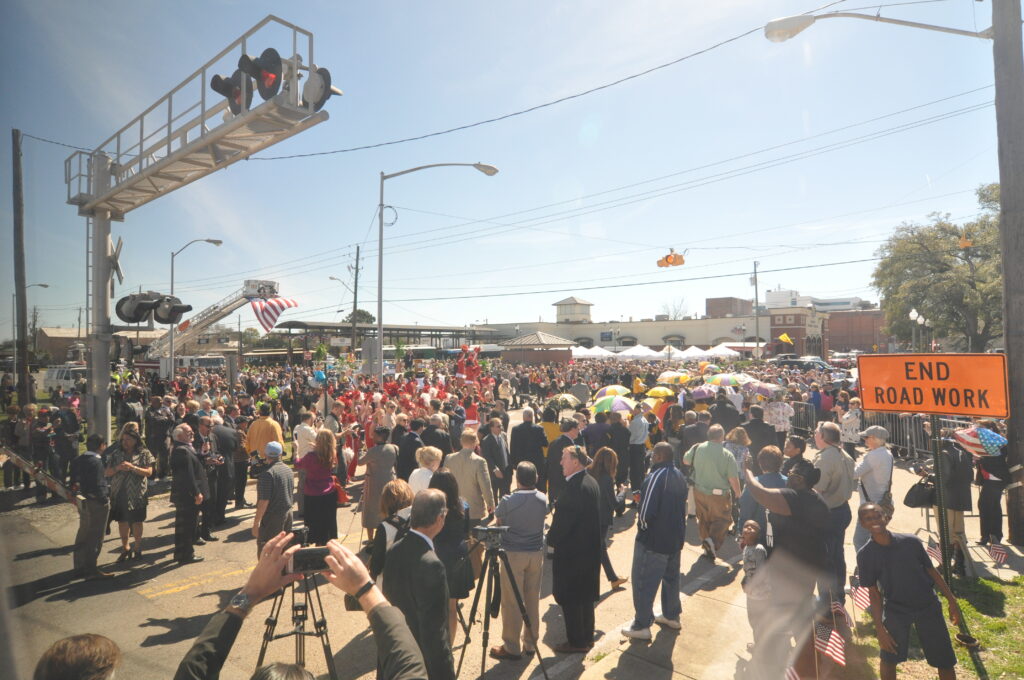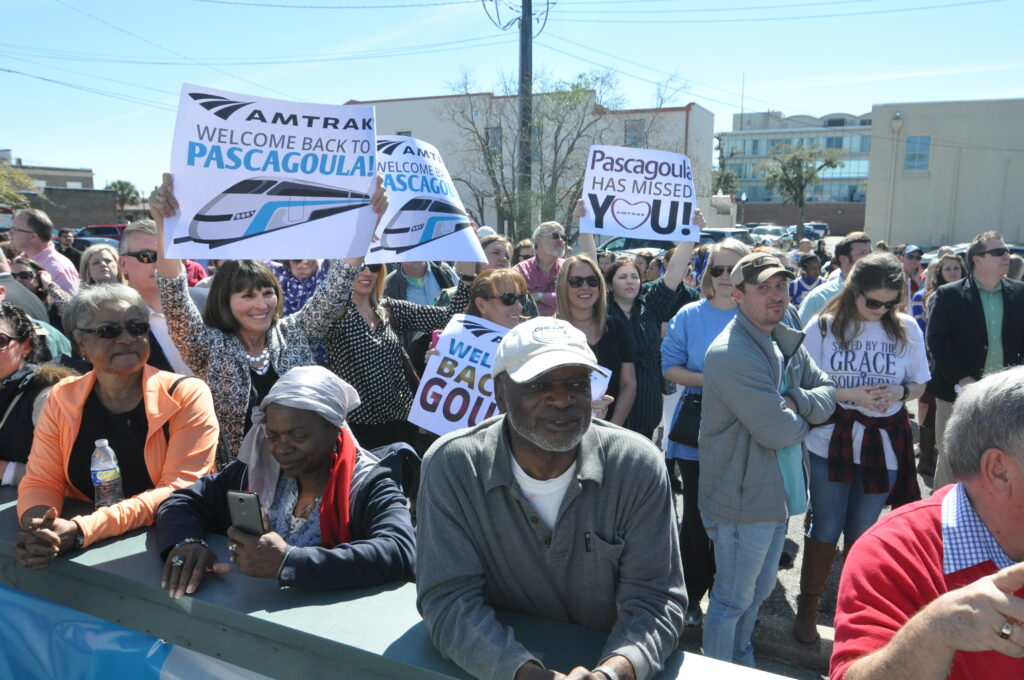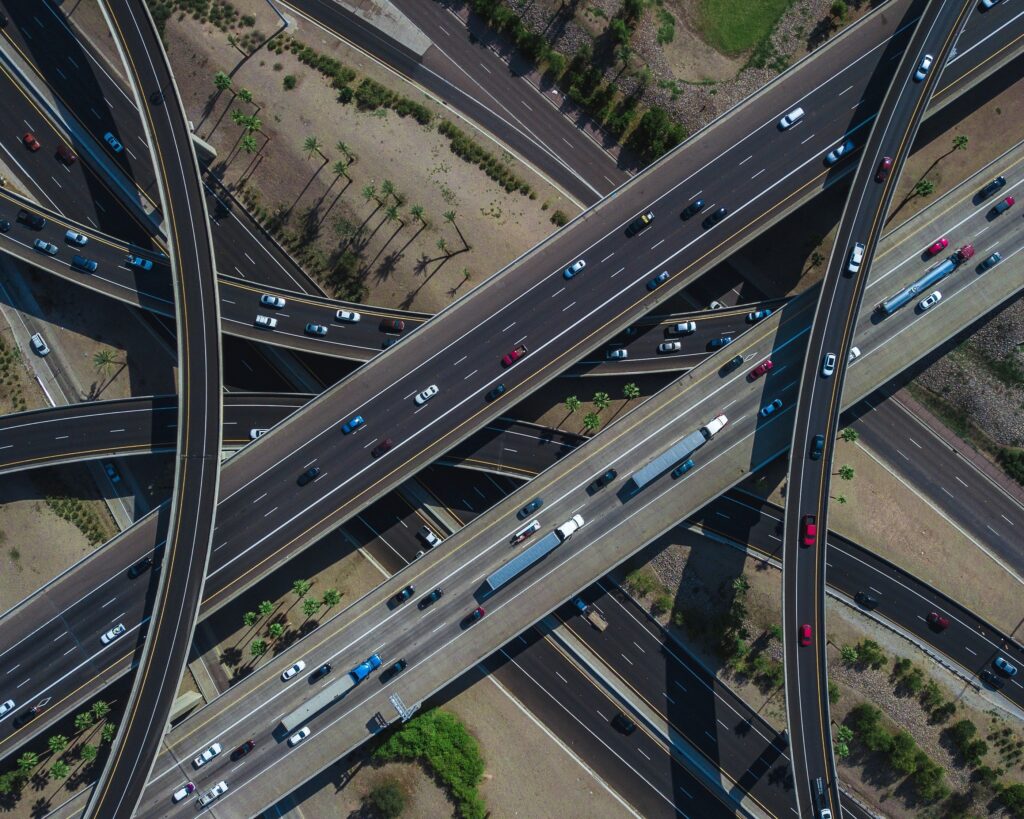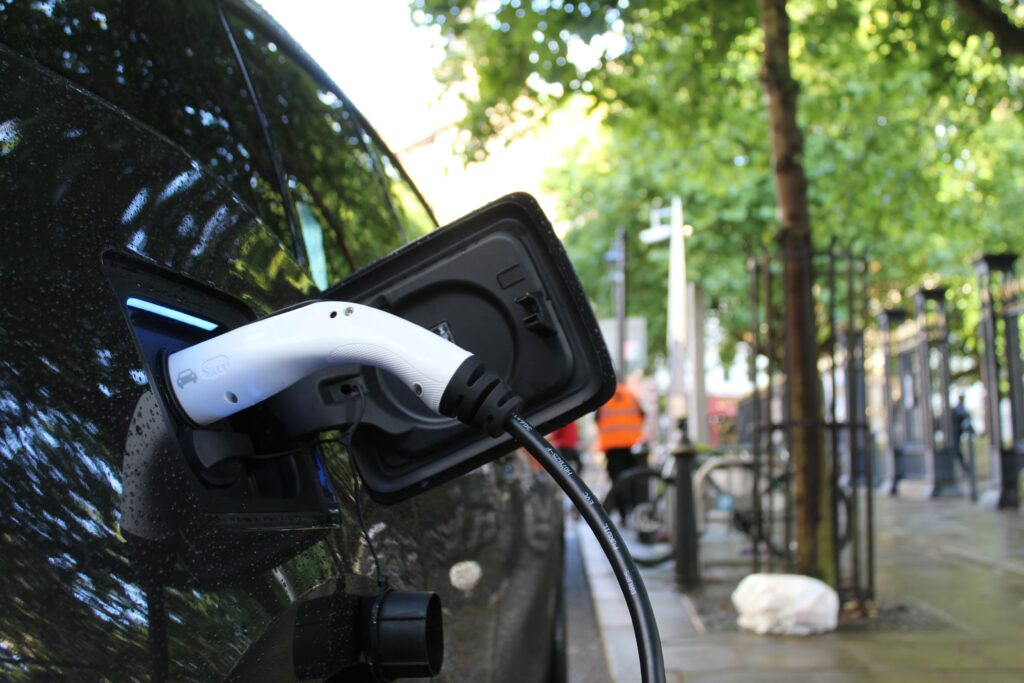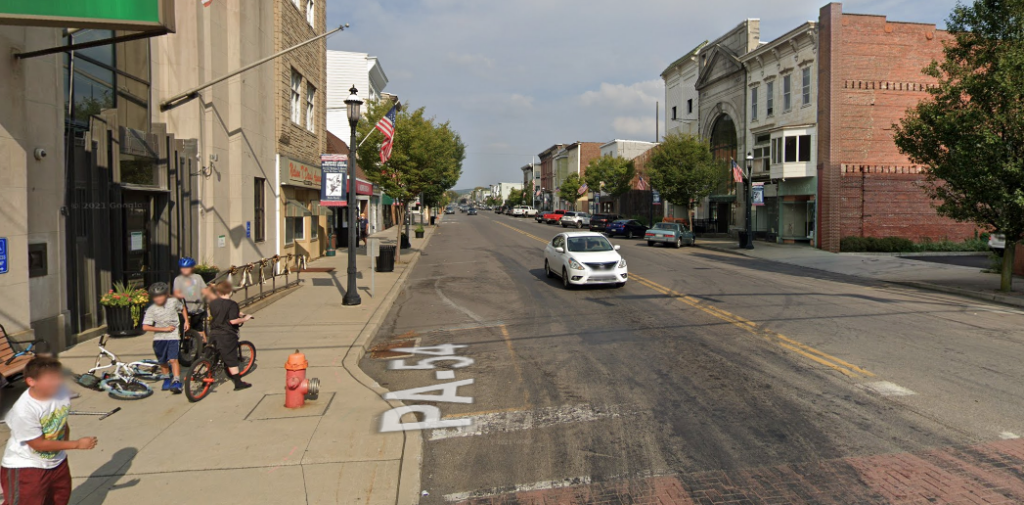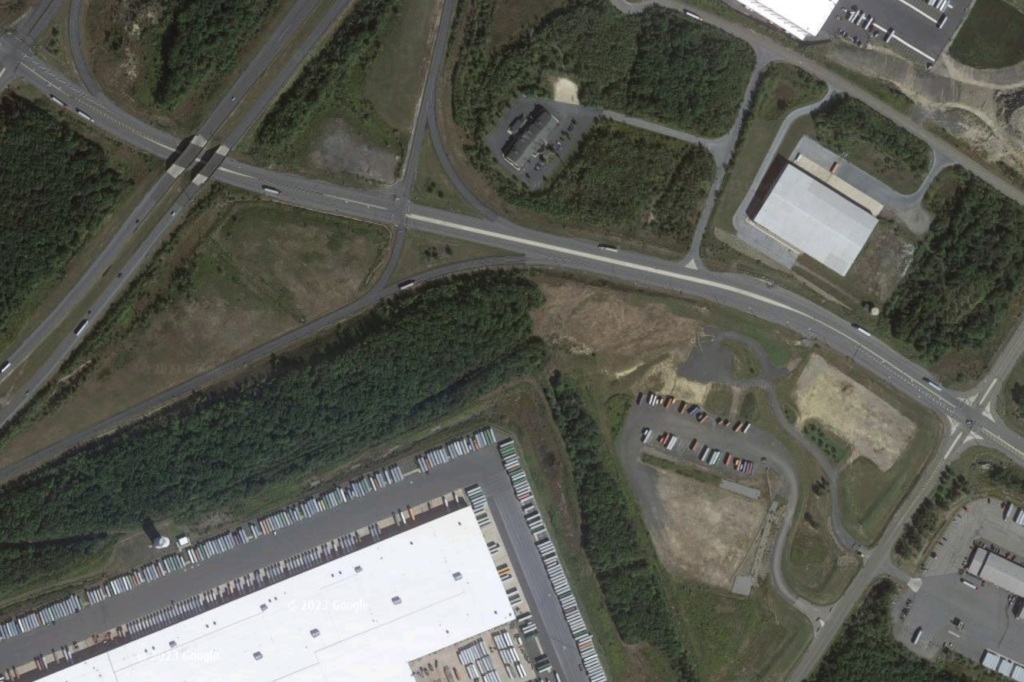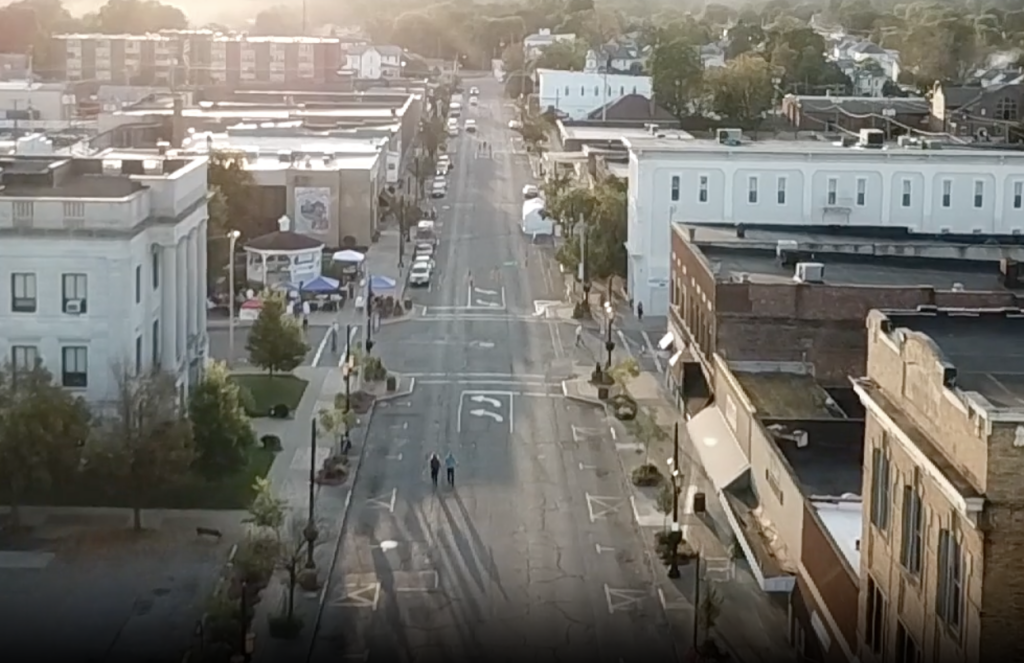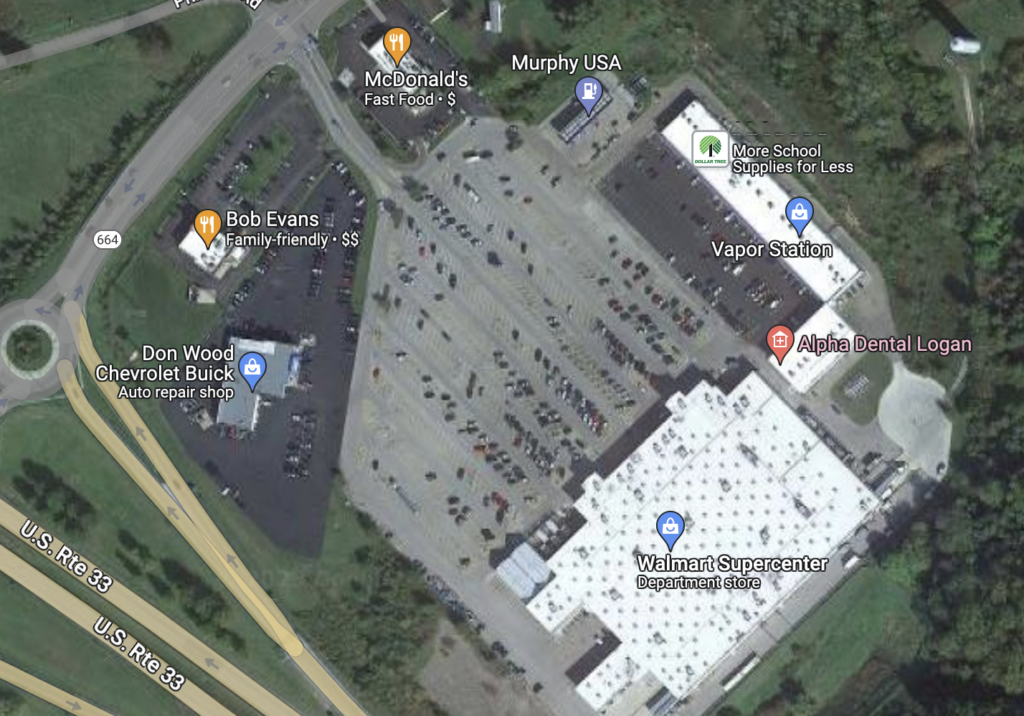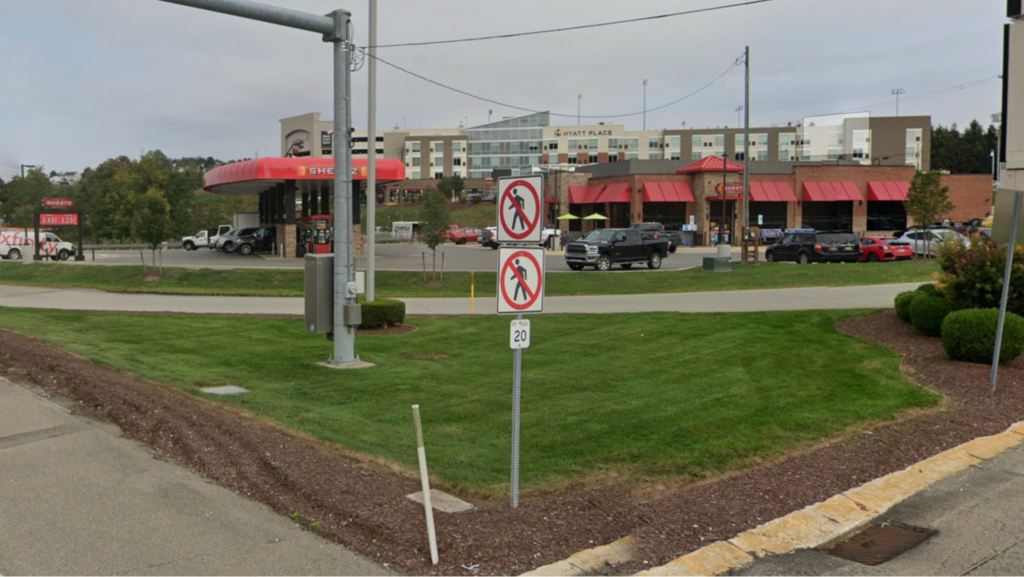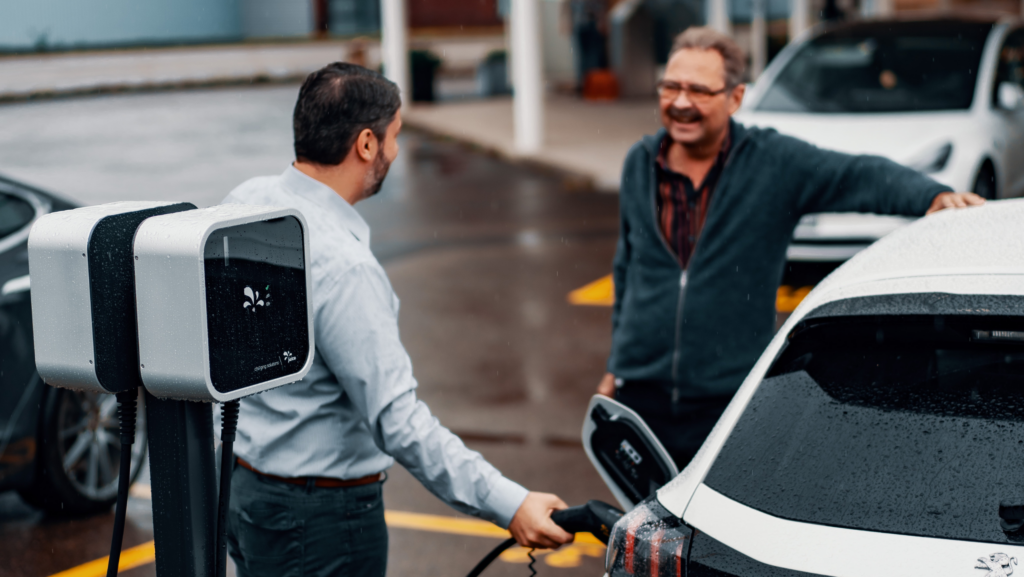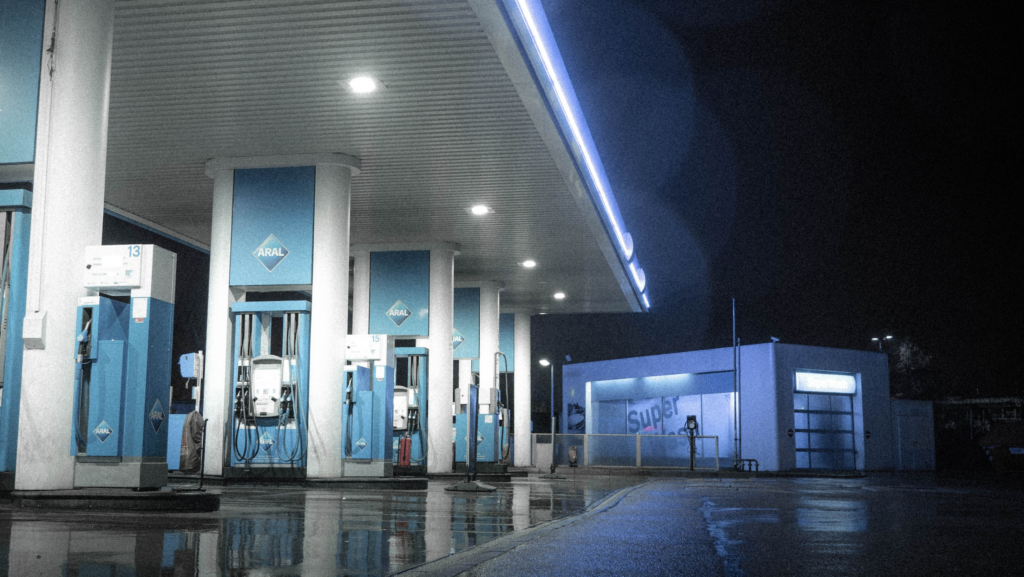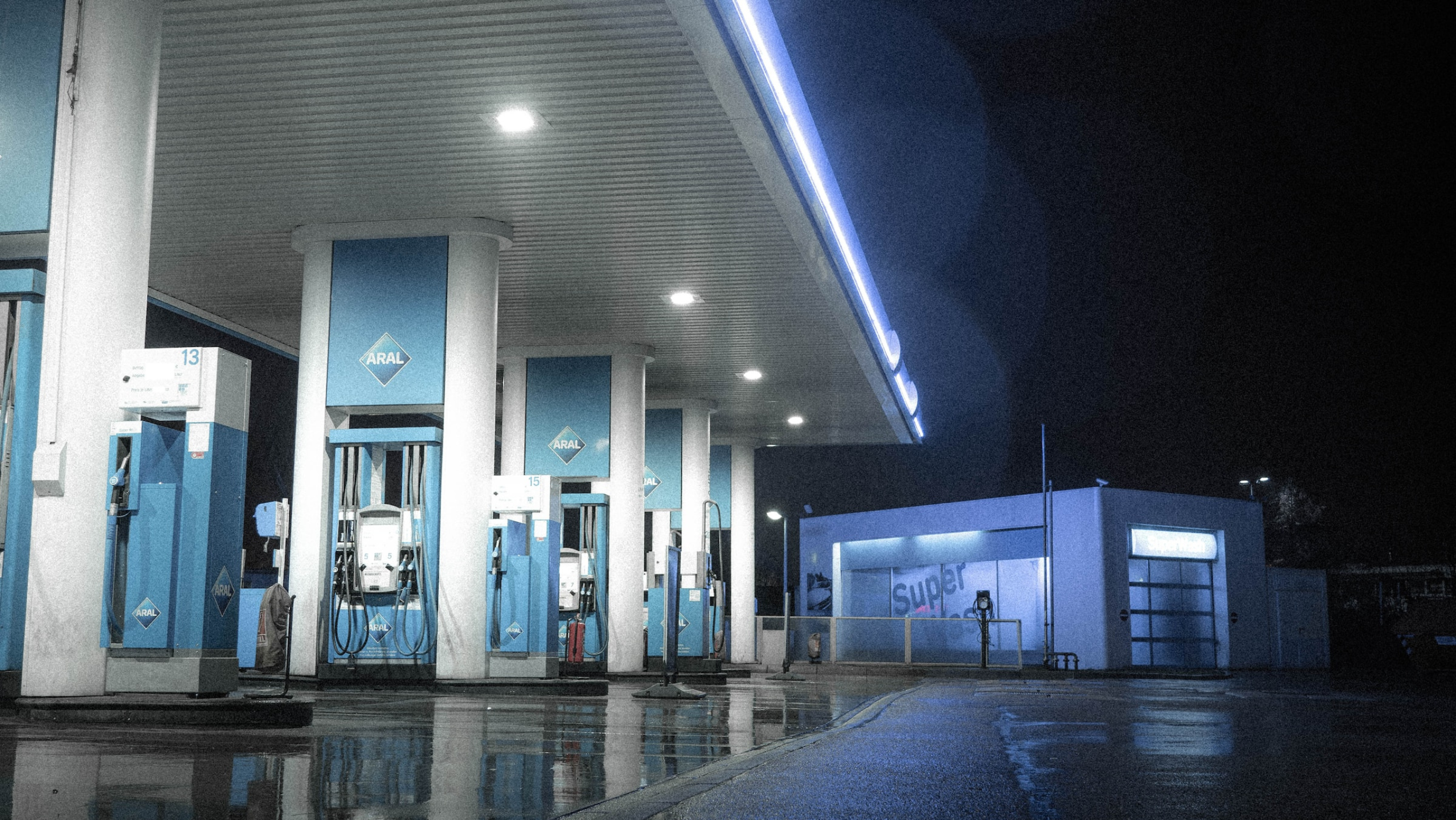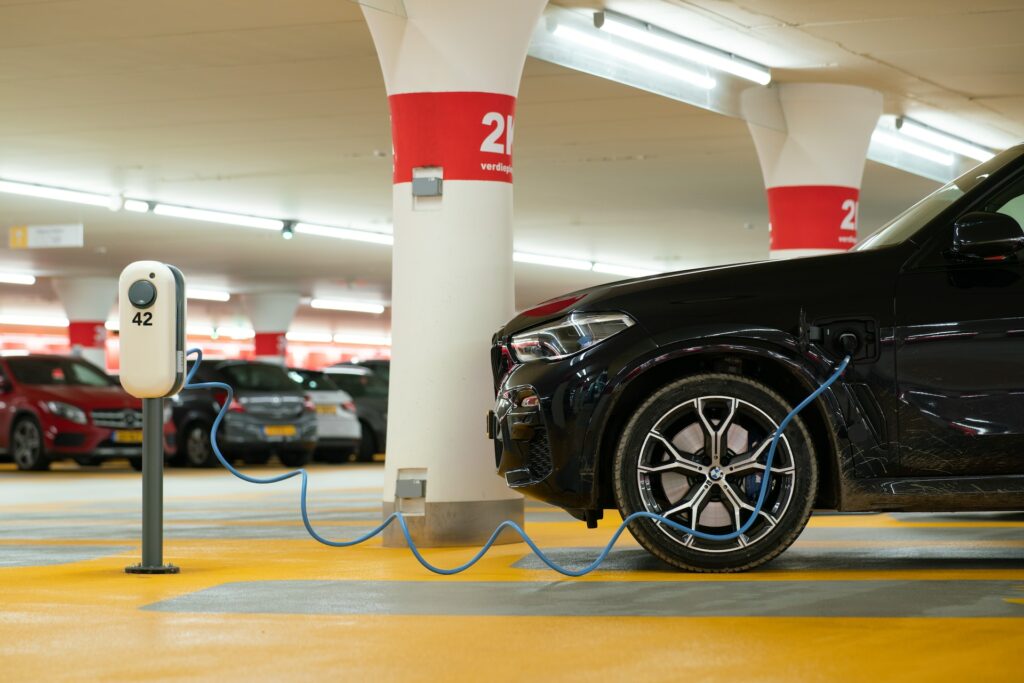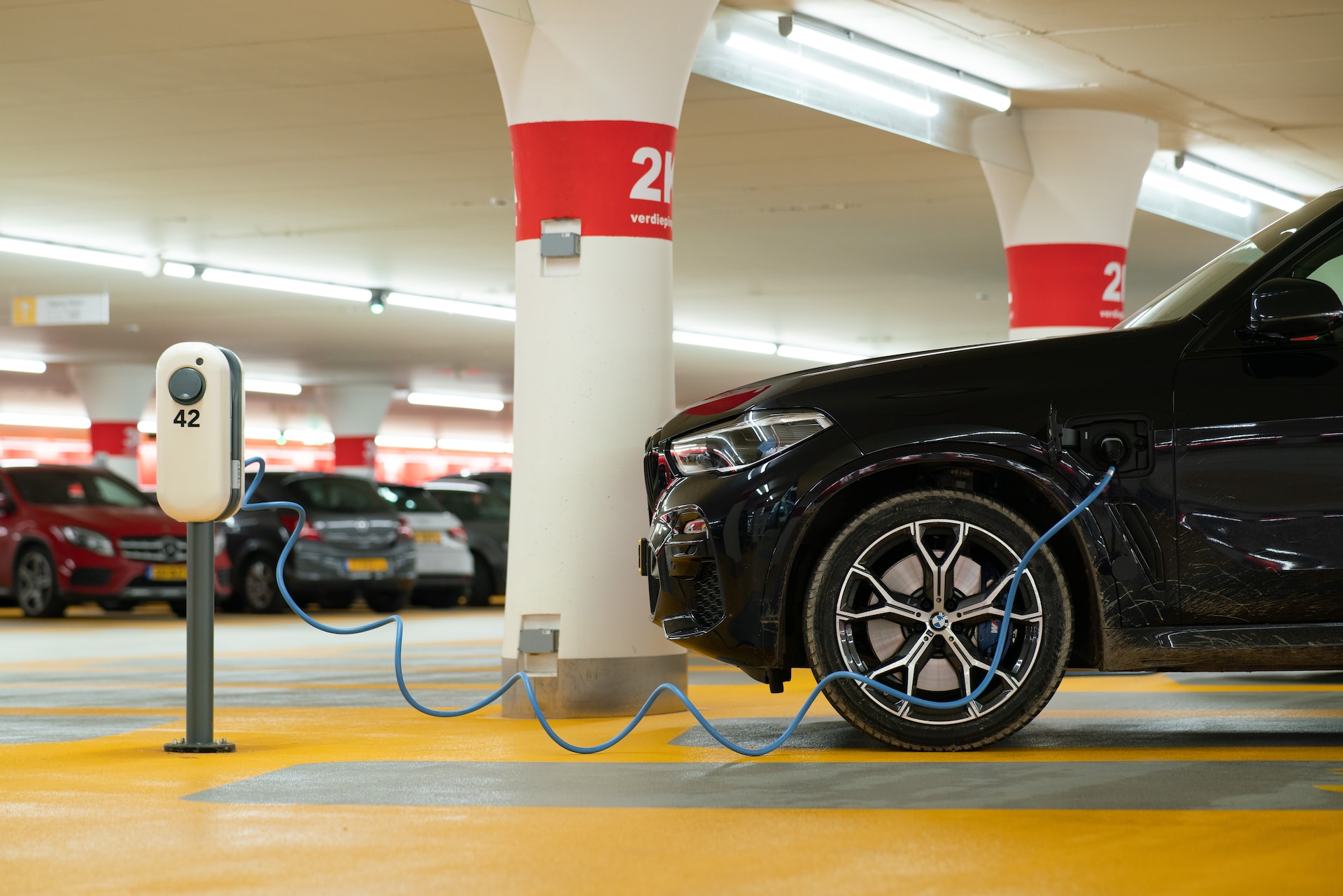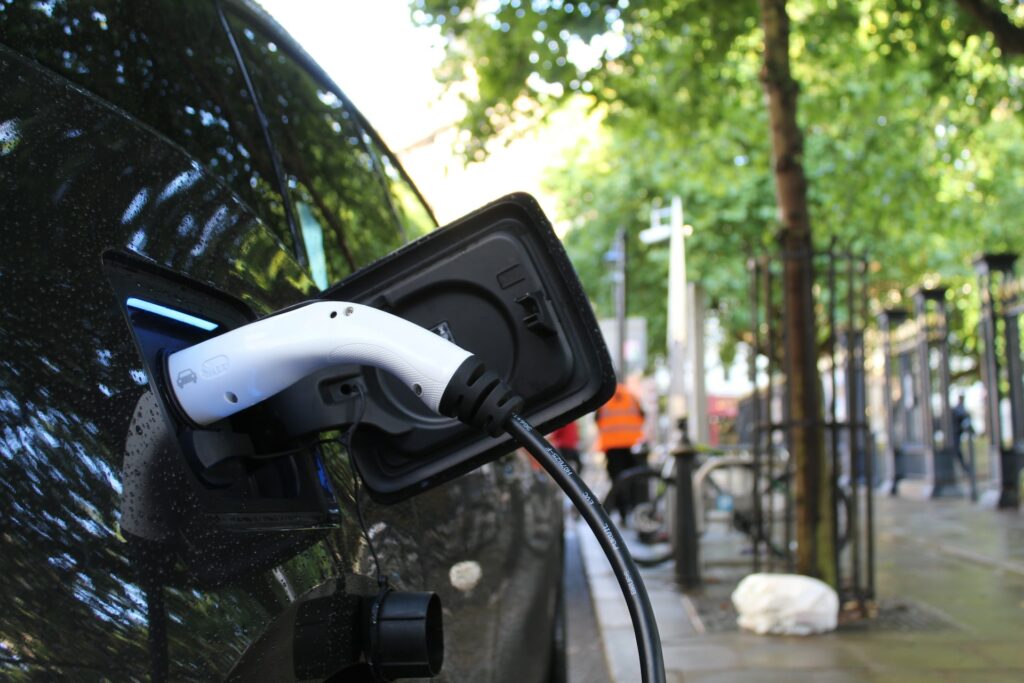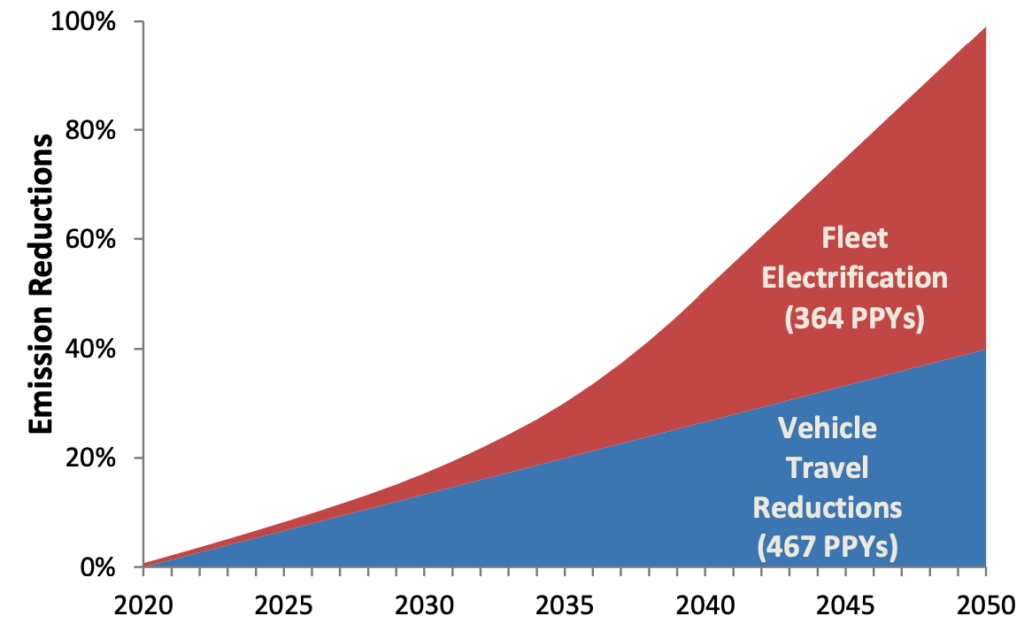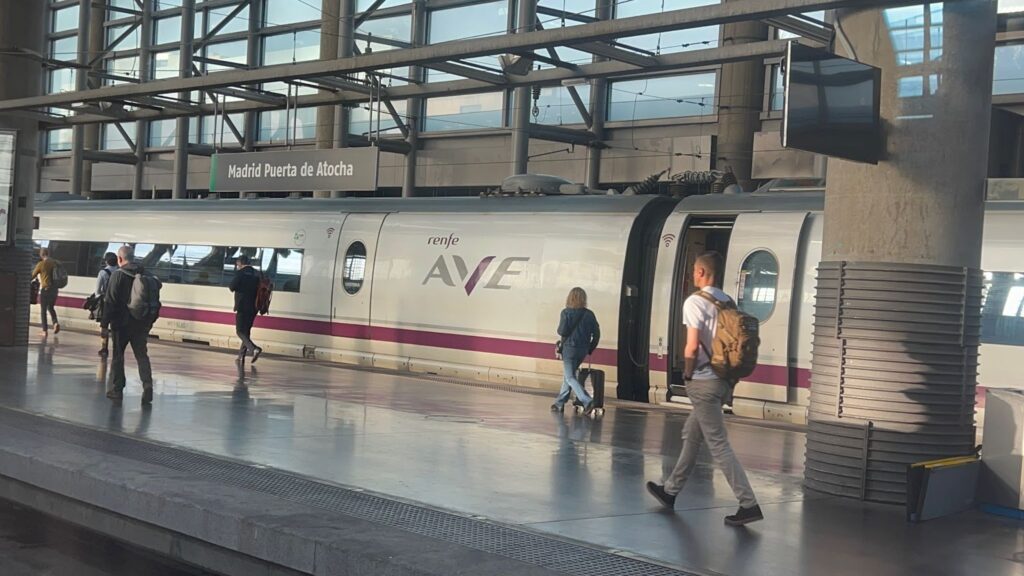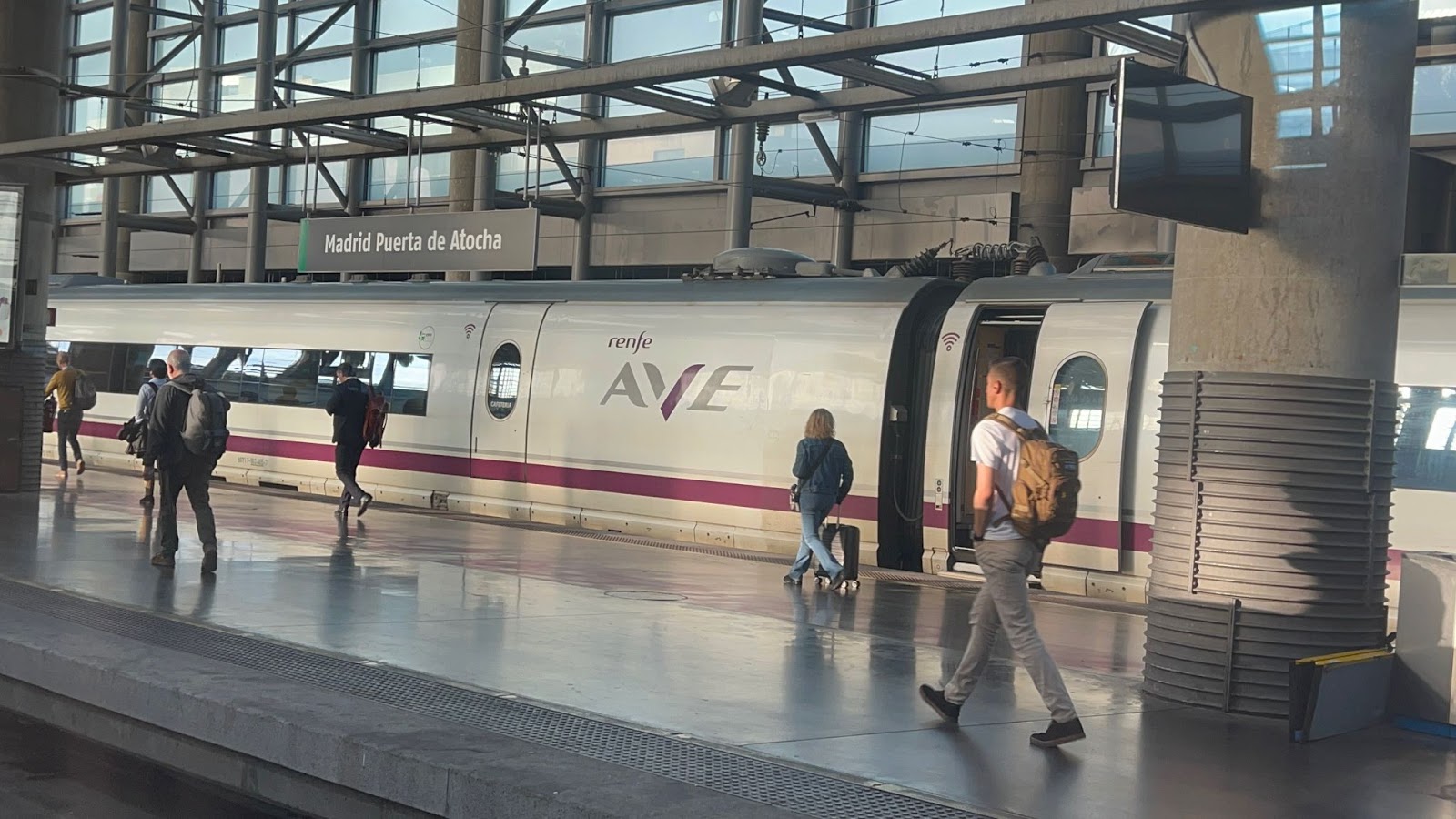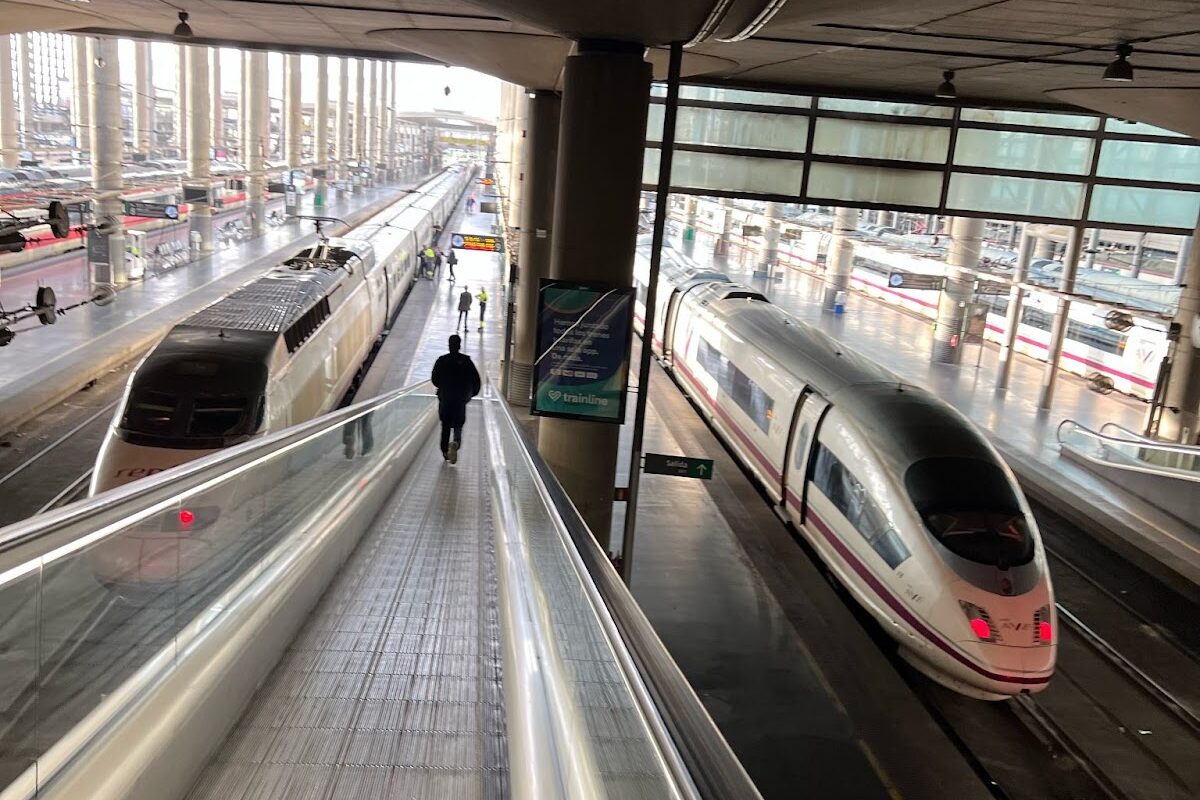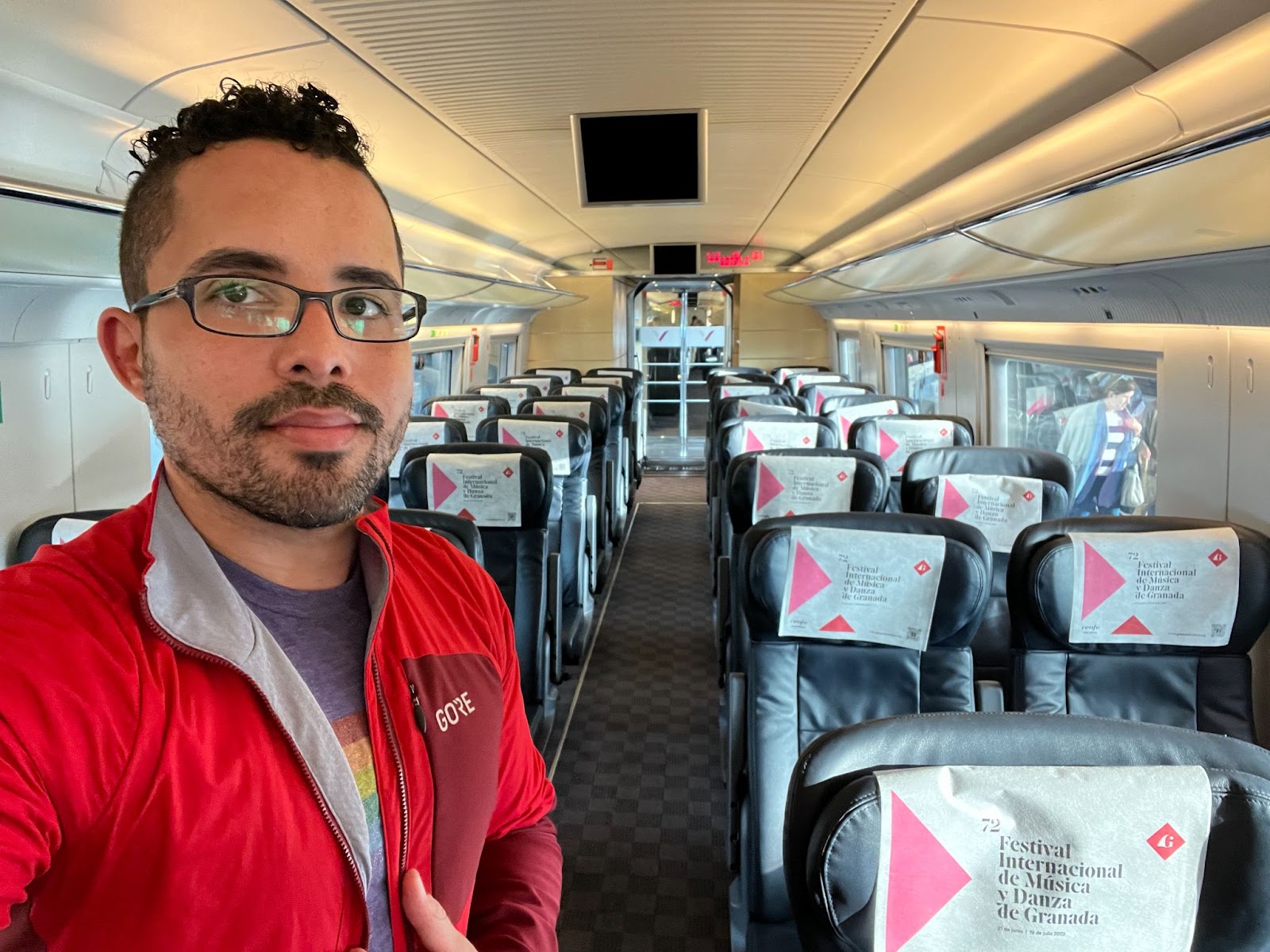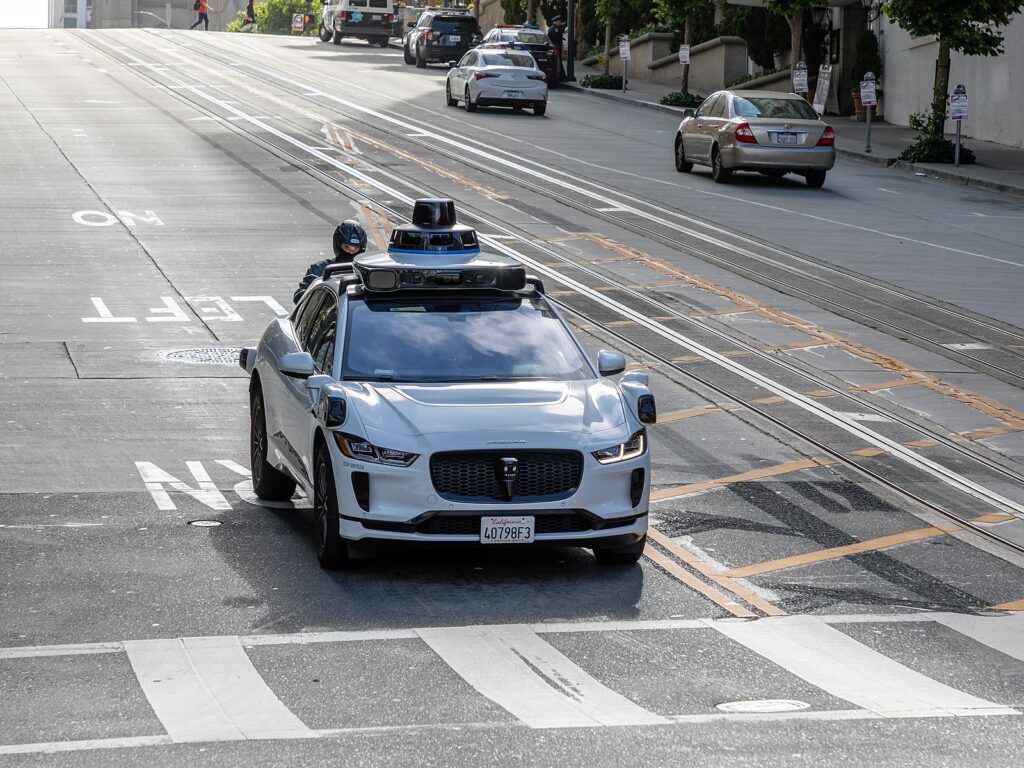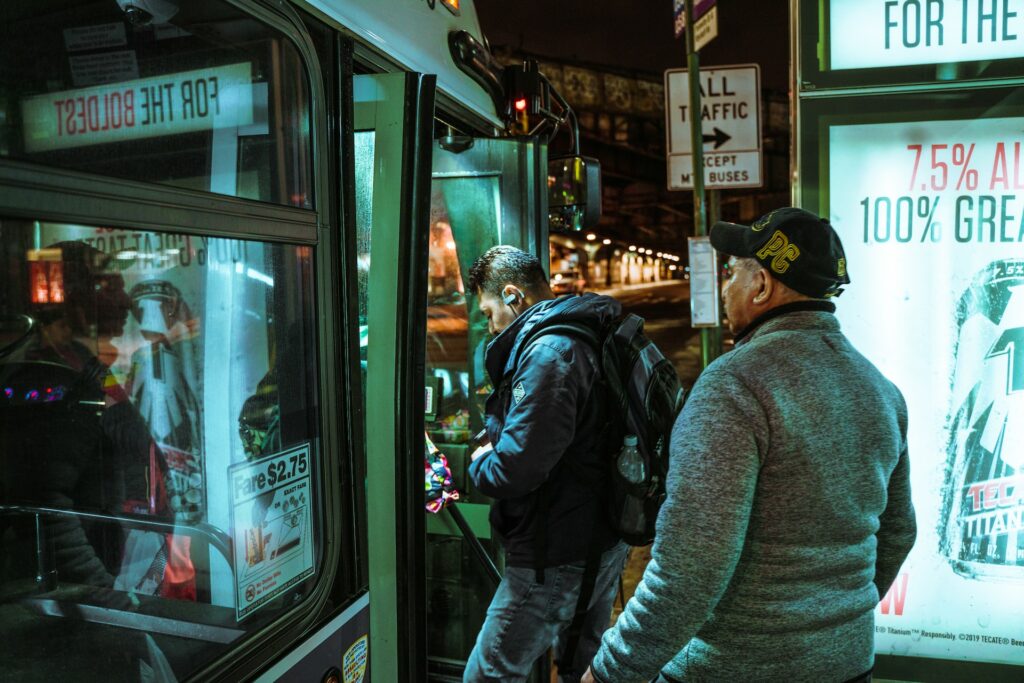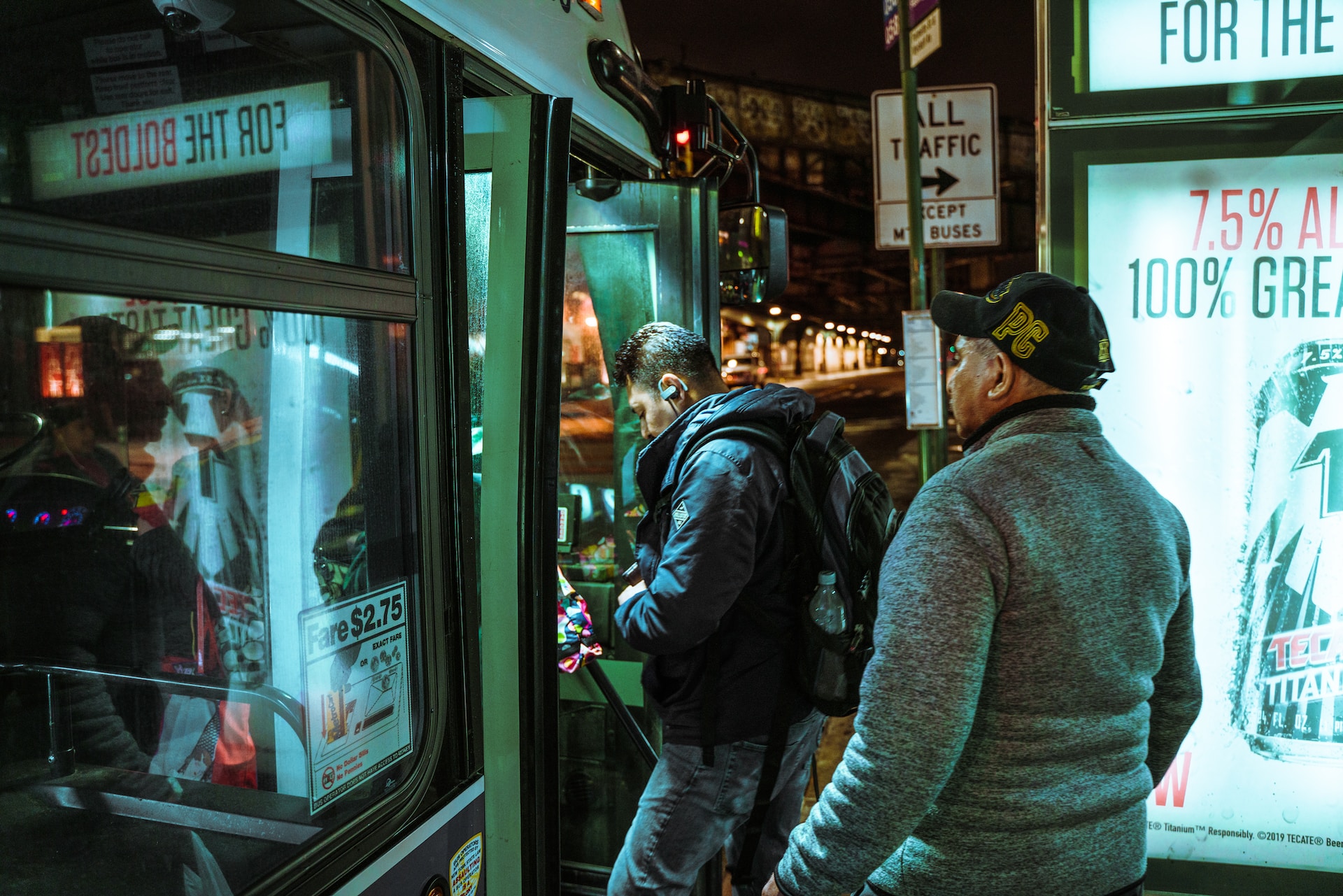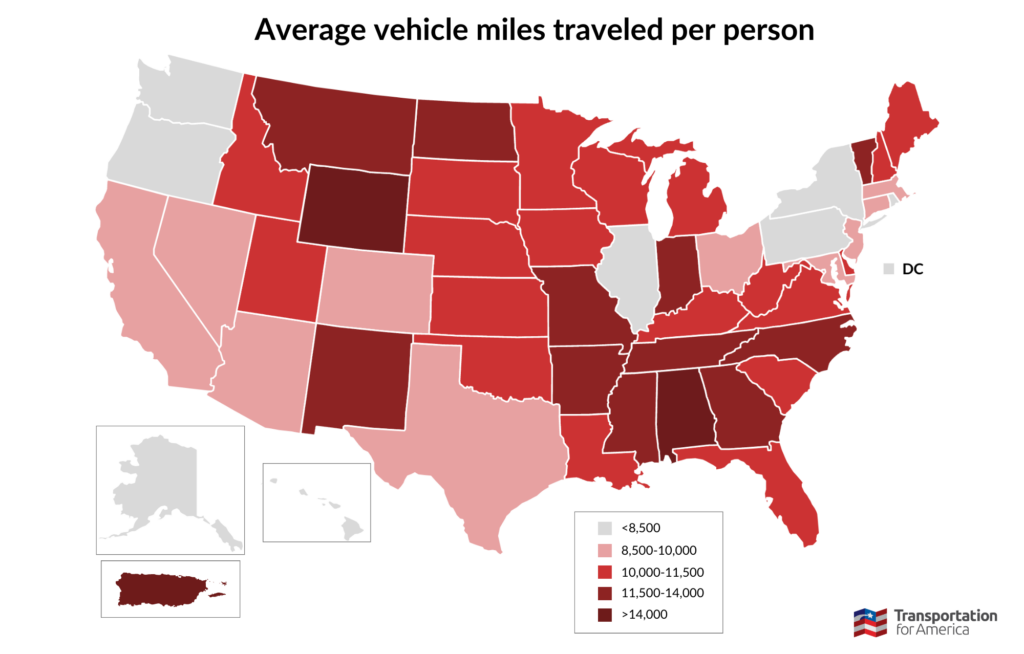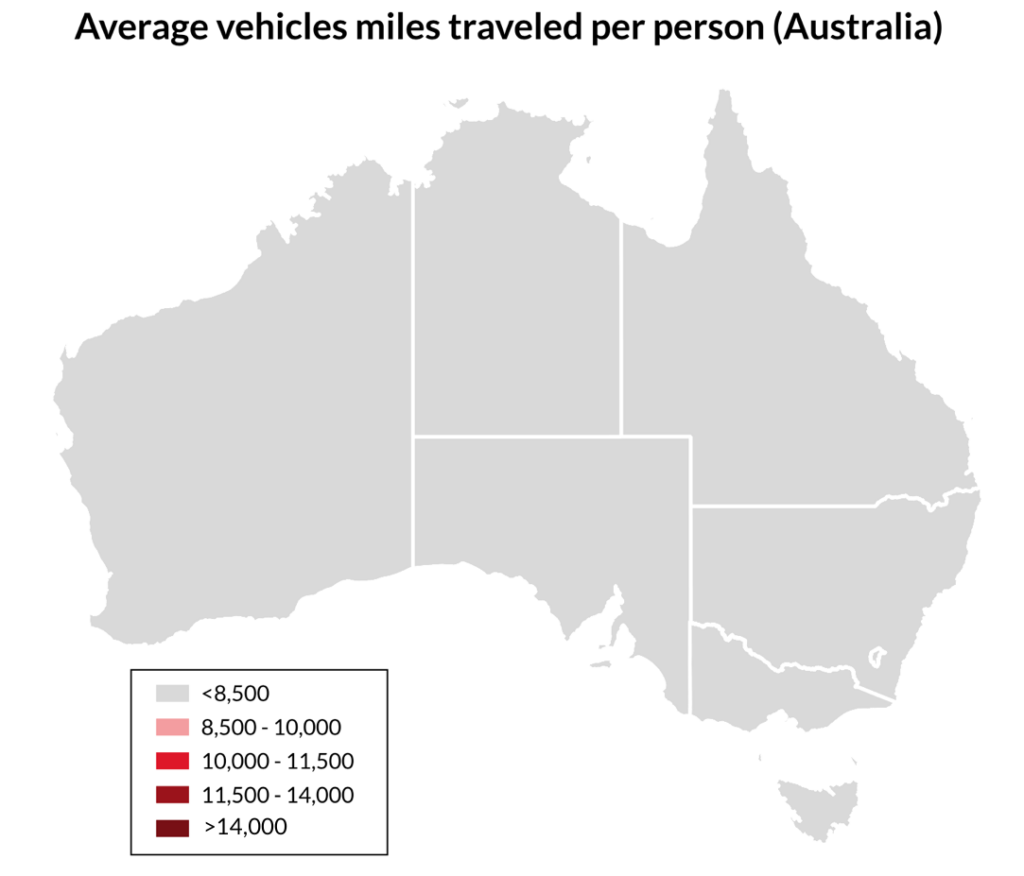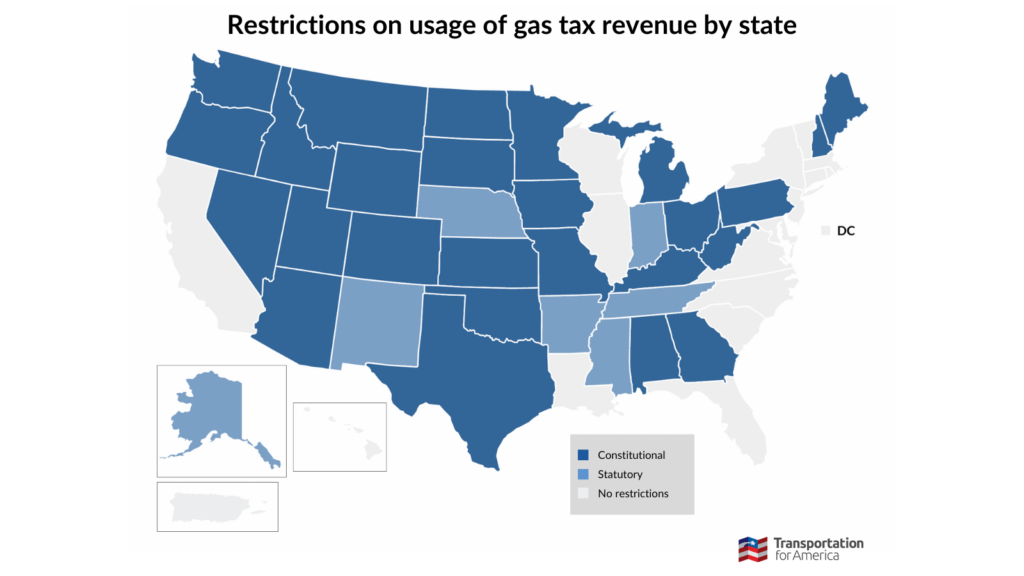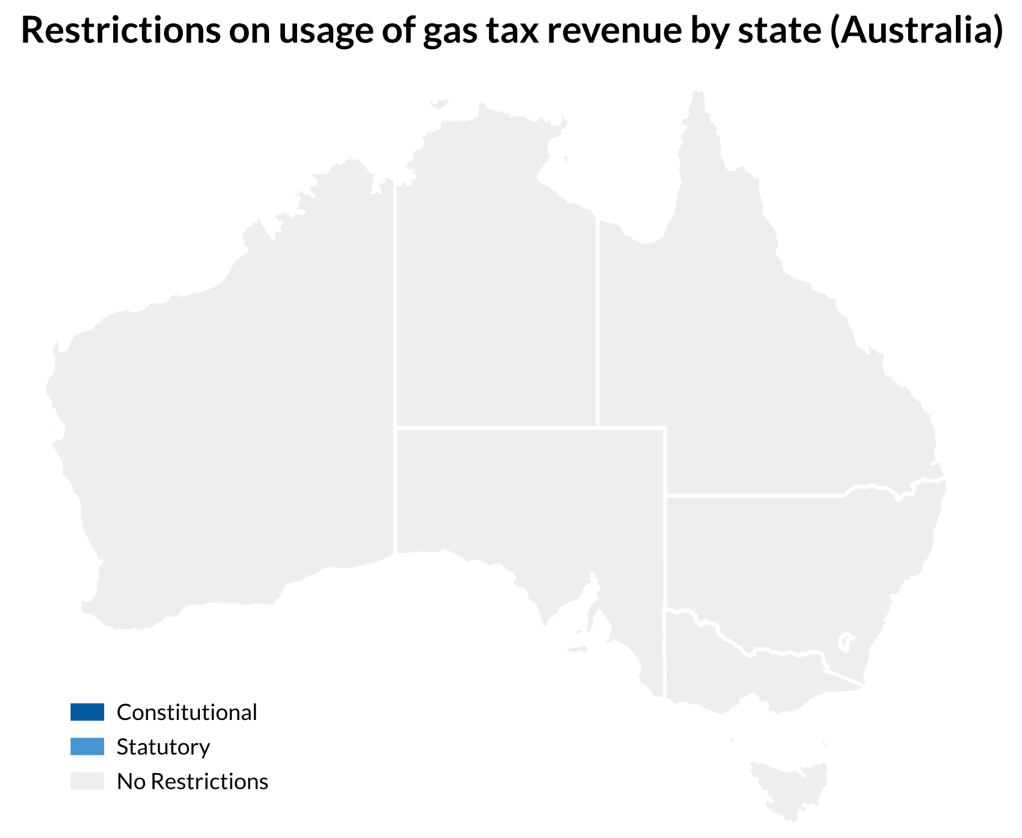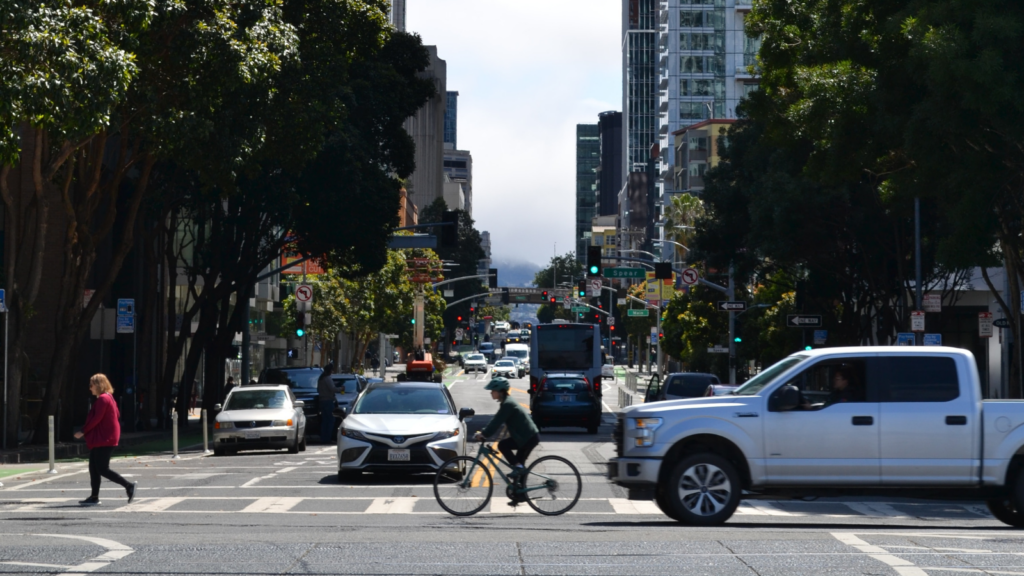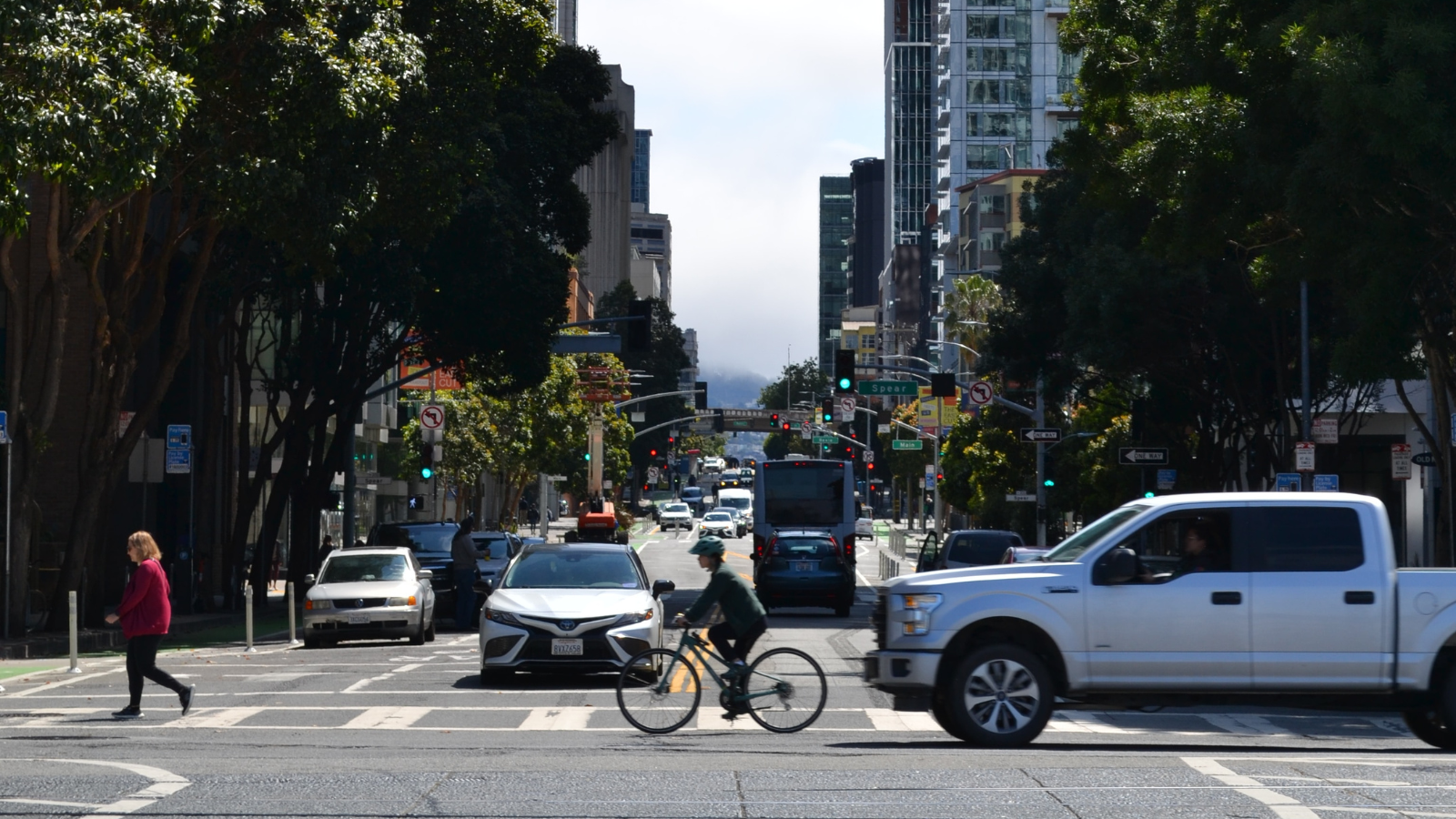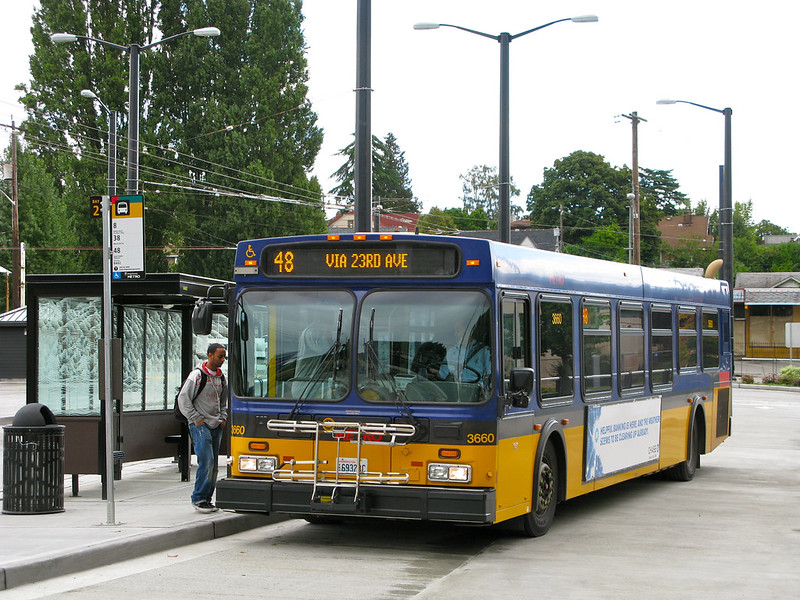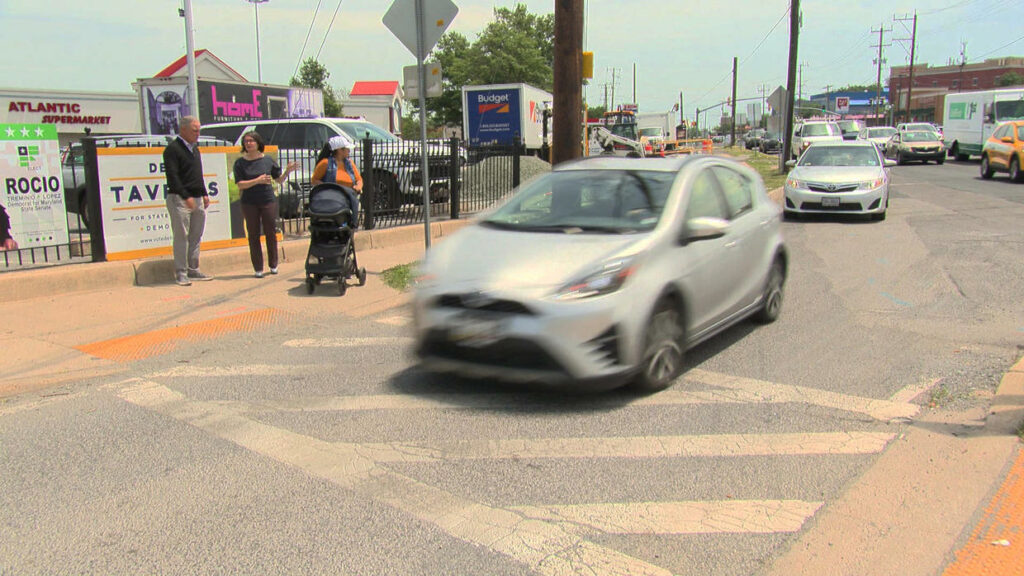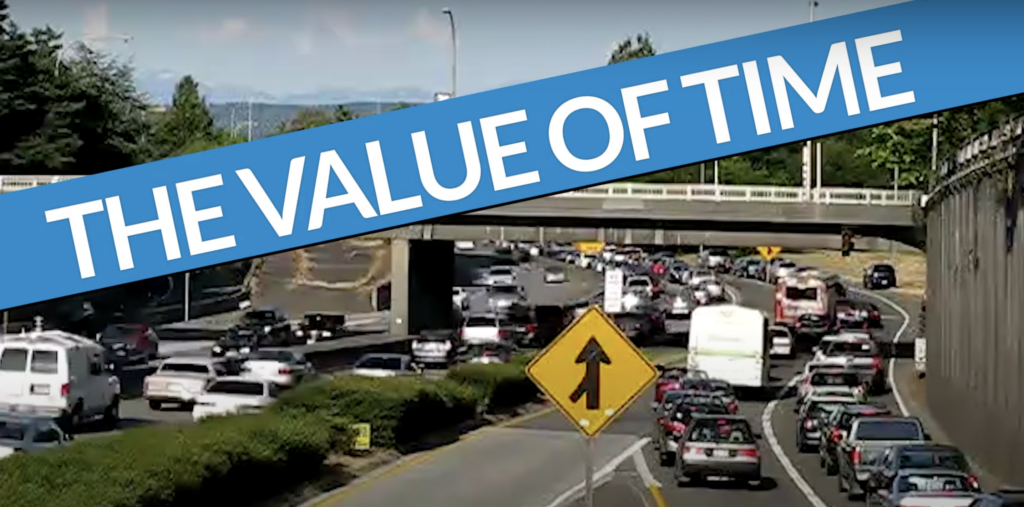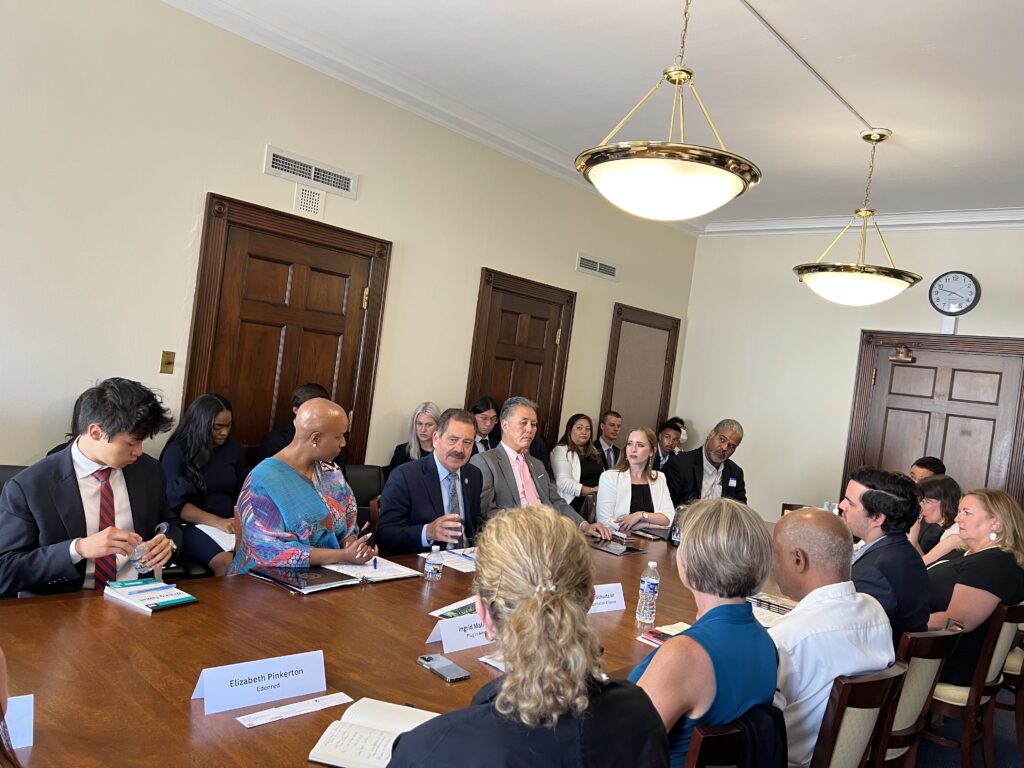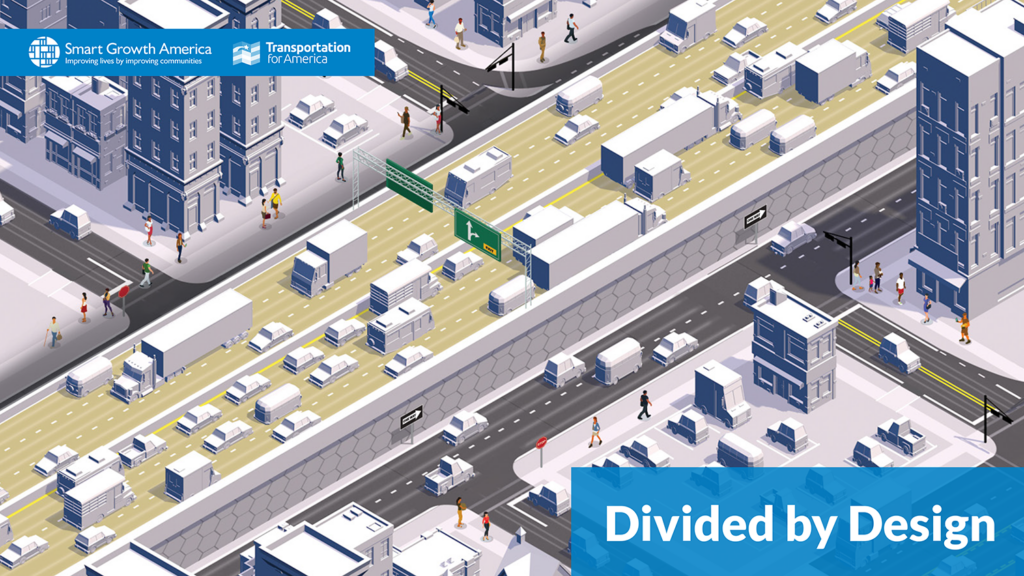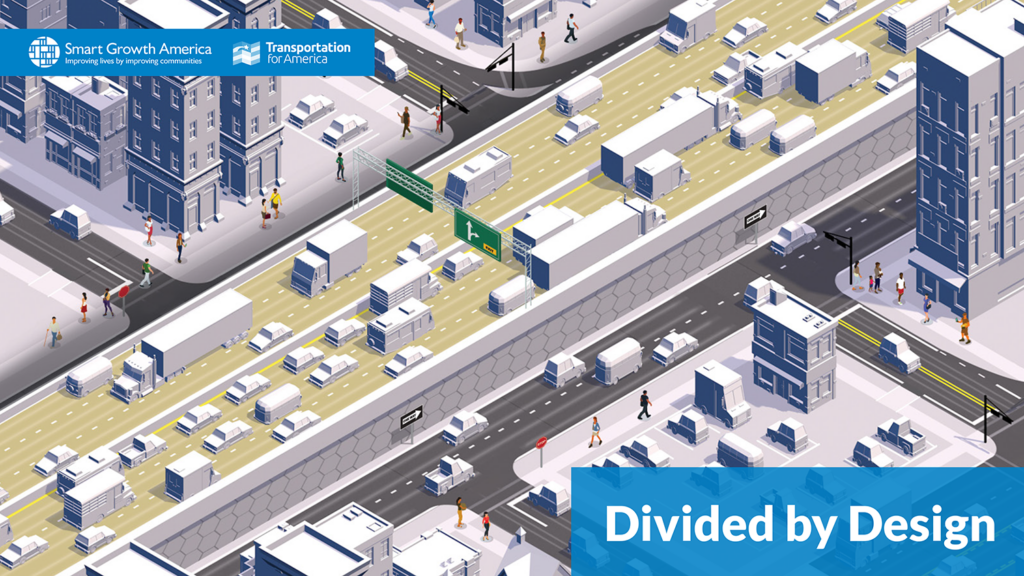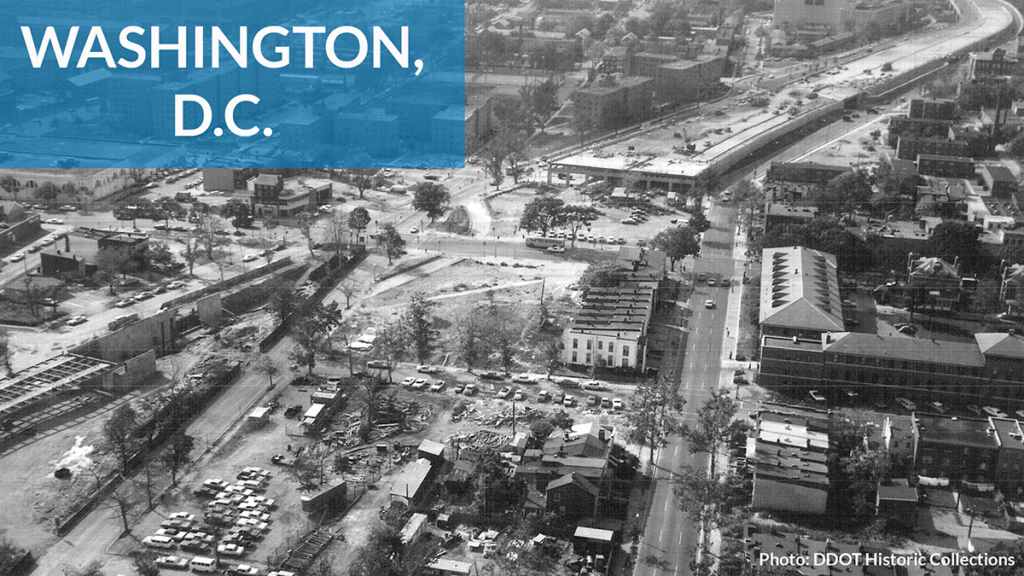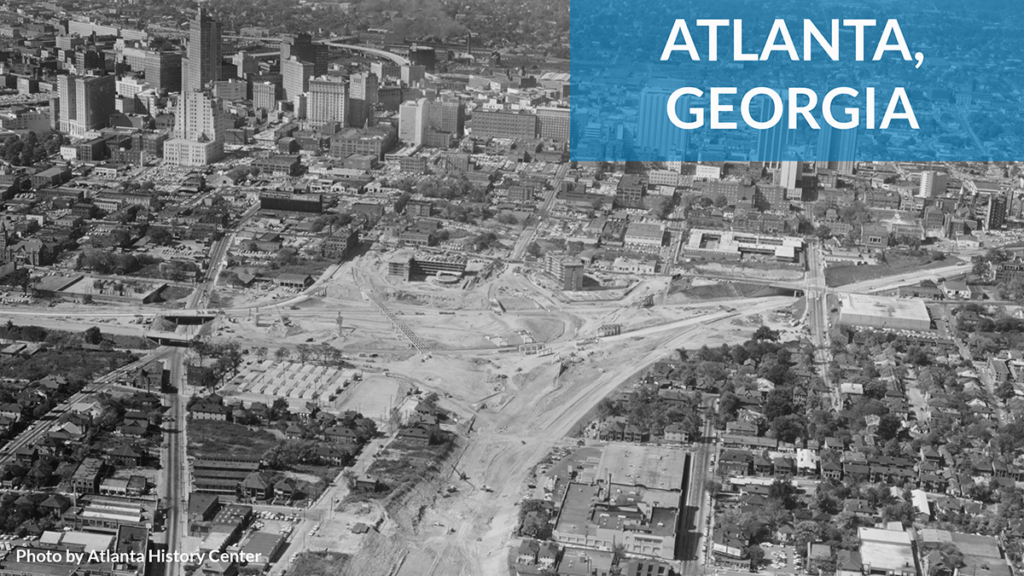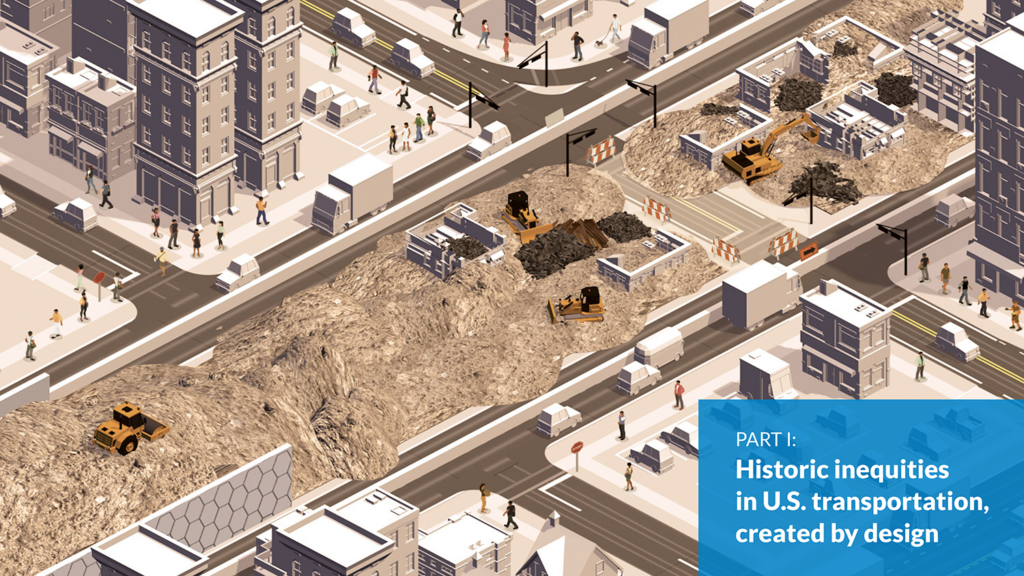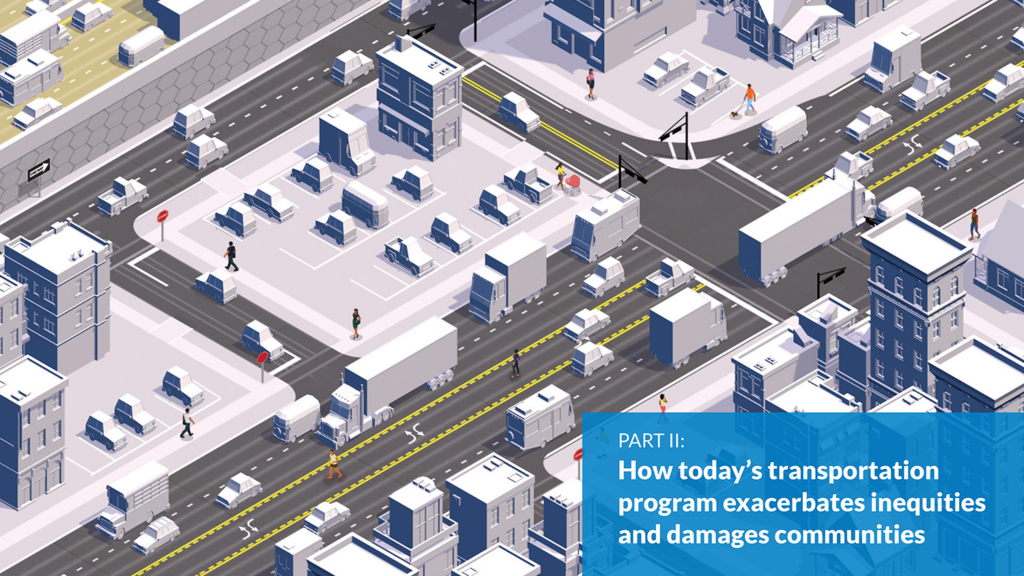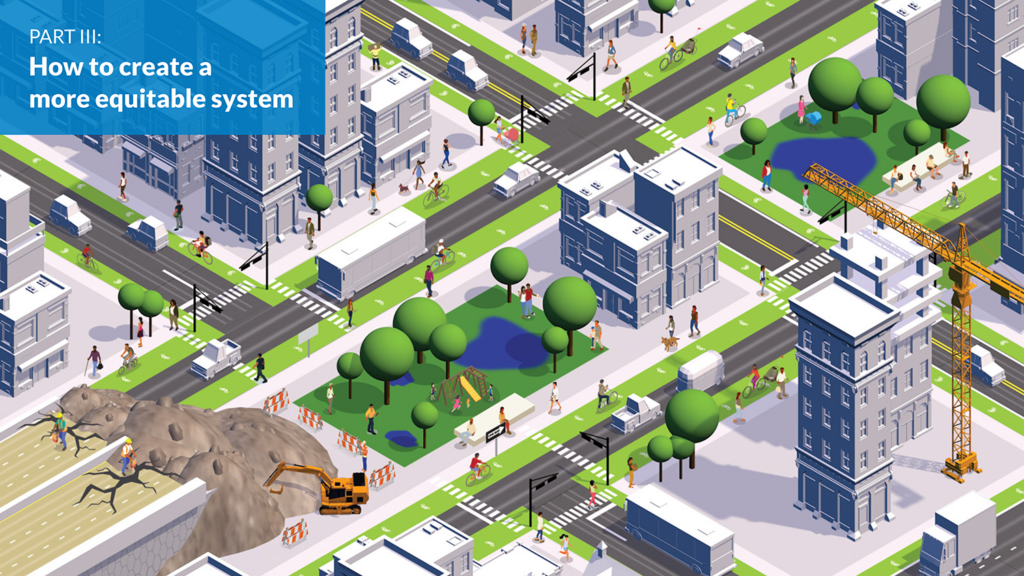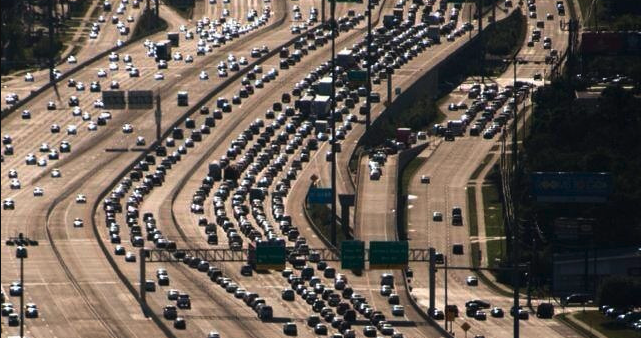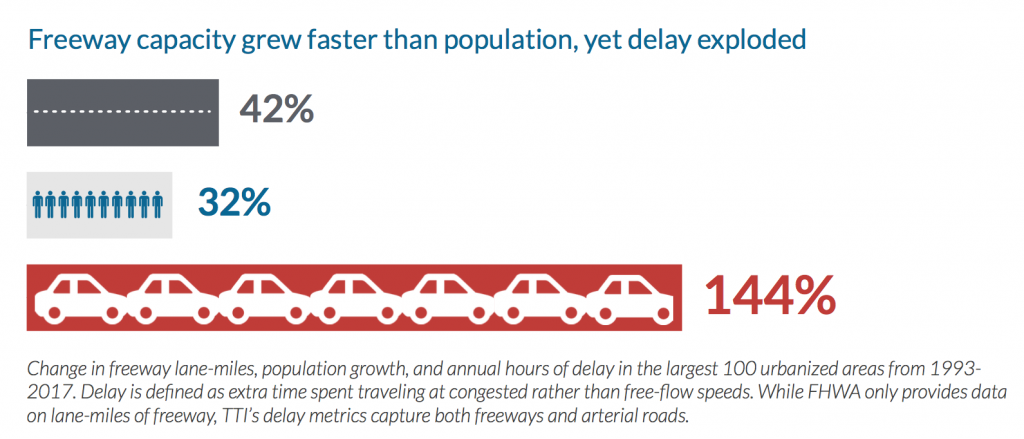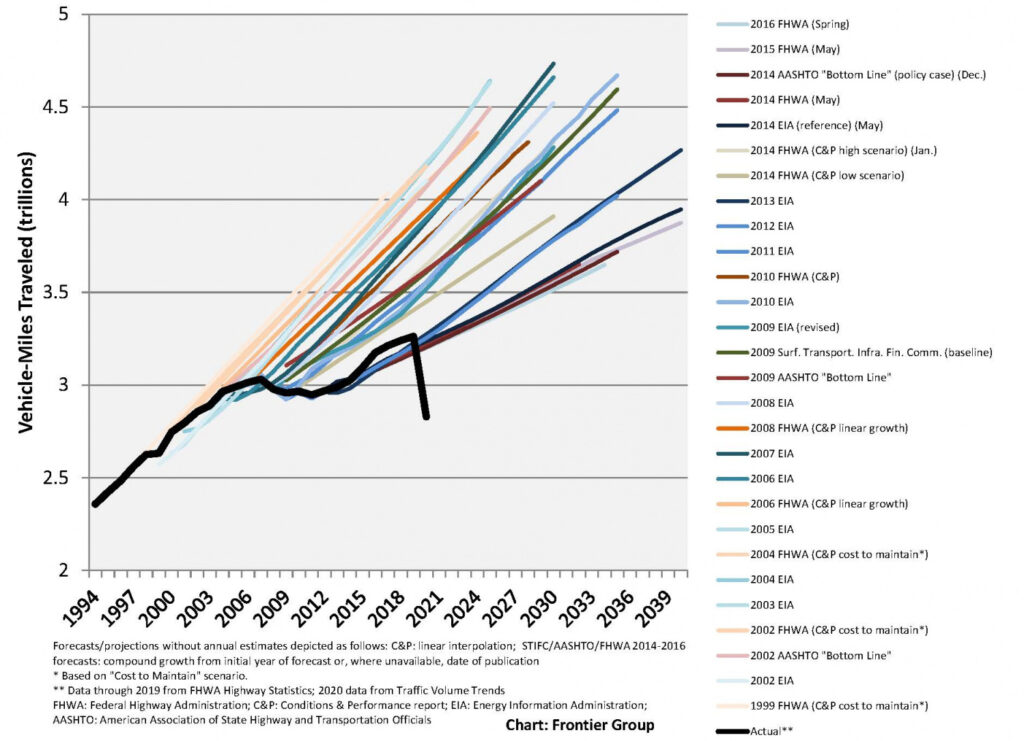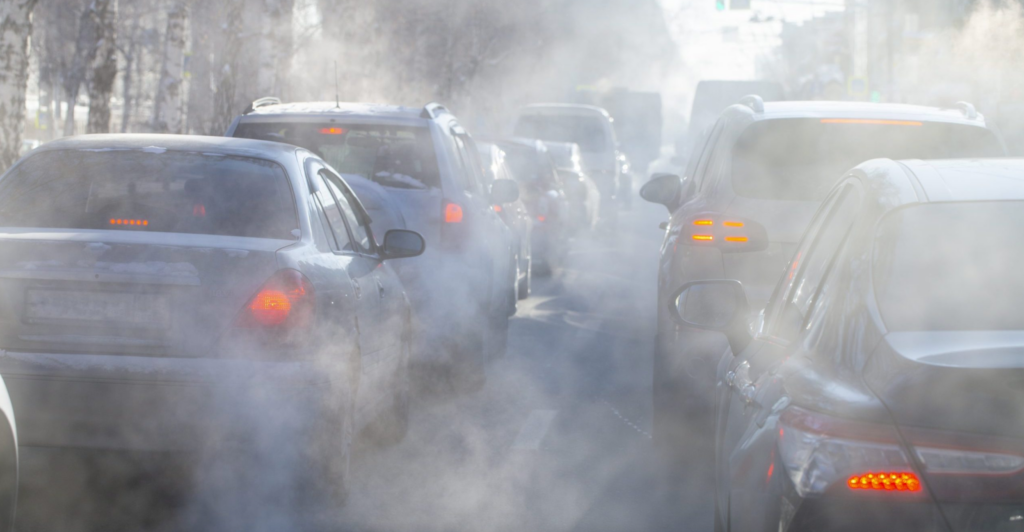
With the electric vehicle transition, access to transportation options like transit, walking and biking needs to come first. But—for smart growth and equity—equitable access to charging for apartment dwelling car-owners is an essential part of the picture.

In our EV blog series, we’ve shared strategies in the zero-emission fleet transition which work in concert with smart growth. These strategies can both advance the EV transition and reduce the need to drive so much. They include electric carshare services, charger-oriented development, the NEVI program, equitable access to chargers, integrating smart parking policy with EV-charging, and electric micromobility. To learn more about reducing transportation emissions, check out our report Driving Down Emissions and go here to learn more about CHARGE, the coalition we co-lead on EV issues.
Much of the group-think around the transition to electric vehicles comes from the picture in many people’s heads of the suburban built form, where every house is a detached single family home with its own garage where the electric vehicle (EV) sits charging.
Guess what? Not everyone lives in a single family home. If we’re going to integrate the EV transition with smart growth, and make it more equitable, we have to make sure people living in apartments have access to great mobility options. Apartments are good for smart growth, and low income and Black and Brown communities disproportionately rely on them for housing. So, if we want to advance smart growth and equity, there shouldn’t be a mobility penalty for living in apartments. Let’s talk about how to approach this issue.
Don’t: Require parking
For some EV enthusiasts, it’s tempting to focus on EVs first and start with the idea that apartment buildings should be required to have plenty of parking with access to an EV charger in every spot. Not so fast! Parking requirements significantly increase the cost of housing, make it difficult to create walkable environments, and incentivize car ownership and driving which increases emissions.
There is not enough space here to lay out all the problems with off-street parking requirements. Go here, here and here to learn how these outdated and misguided regulations increase housing costs, hamper efforts to create more walkable neighborhoods, generate traffic and more. Suffice to say that the best practice is to eliminate off-street parking requirements, allow the market to determine the number of parking spaces, and focus public standards and investment on biking and walking infrastructure and transit service.
Eliminating off-street parking requirements won’t change the world overnight. In most communities and particularly car-centric ones, developers will build apartments with parking even if they aren’t required to, and many residents will still own cars. Recognizing that it takes some time for communities to become less car-reliant, we need to address charging, the biggest impediment to the EV transition.
However, we don’t need to perpetuate the misguided parking policies of the past and the sprawl they generate. There are better approaches than parking requirements for ensuring people have the mobility choices they need including access to a car. For example, incentivizing or encouraging the integration of EV carshare service with low-car development is a great way to give a lot of folks access to a car on the occasions they need it.
Do: Require parking to be EV-ready
When a municipality eliminates minimum off-street parking requirements, builders still put parking in many of their projects. These buildings will be around for 50 years or more, and we need to be at zero emissions by 2050. With EV adoption doubling every two years, we’re risking a drastic shortfall of charging options for apartment dwellers much sooner, one that could see apartment dwellers relegated to gas-powered cars.
One of the benefits of EVs (if you can charge at home) is that you never have to go somewhere to fuel up unless you are driving more than your car’s range in a single day. Since American drivers cover an average of 37 miles each day, and less than one percent of trips exceed 100 miles, EVs are much more convenient and much more affordable to fuel than ICE vehicles, if you have at-home charging.
For EV-owners who can’t charge at home, convenient, affordable, publicly accessible neighborhood charging is really important. We’ll talk in greater detail about getting public charging right in the next blog in this series. However, it’s worth noting that of the $7.5 billion in the infrastructure law dedicated to public charging, 83 percent is dedicated to fast chargers out by the highway, leaving comparably few resources for public charging that serves those who can’t charge at home. This is very inequitable.
It’s pretty clear that all new residential parking spaces constructed from now on should have charging options. The cost of running electricity to parking as a retrofit is orders of magnitude more expensive, so we need to make sure any parking serving residential built today is EV-ready. In short, don’t require parking, but require parking to be EV-ready.
What is EV readiness?
Our partners at EV Charging for All have just released an EV Building Codes Toolkit on this piece of the puzzle—how building codes should dictate EV readiness for parking in newly-constructed apartments:
- If you have parking, you should have access to charging—period. Every housing unit that has parking needs to have access to charging in at least one parking spot.
- Low level 2 charging is good enough, and can be provided via a receptacle/outlet. The meters need to be set up so that electric use can be easily billed directly to the resident. This prevents middlemen from charging a surcharge on apartment residents, saves the building manager from the hassle of figuring out how to bill appropriately for electricity use, and allows multi-family residents to benefit from future ‘vehicle-to-home’ resilience measures (where the EV battery can provide backup for the apartment if the grid goes down).
- Get the word out. Install prominent signage so residents know the spaces are EV-ready.
While this is the right approach for new buildings, remodeling existing buildings to provide access to charging is going to be challenging and necessary. Currently, multifamily property owners are eligible for the same Inflation Reduction Act 30 percent tax credit for installing charging infrastructure as home-owners. Decision-makers should keep an eye on how this program performs to determine whether the challenges of charging access for apartment dwellers warrant a bigger incentive for existing apartment buildings.
The big picture
Municipalities can aid in the EV transition by ensuring that parking is EV-ready, while also supporting other publicly accessible, equitably priced charging options, which we’ll describe in further detail in our next blog in this series. They don’t need to require that more parking be built in order to support EV users—and in fact, building more parking could take us further from our emissions goals.
Congress and the administration can do a lot to support this approach. The Joint Office on Energy and Transportation (JOET) could develop guidance and sample building codes. The Department of Housing and Urban Development could include EV readiness as a criterion when prioritizing affordable housing investments. Besides fundamentally re-orienting the transportation program from highway expansion to better support transit, walking, and biking infrastructure, Congress could support JOET’s work on guidance and provide support for low-income multifamily housing projects to incorporate clean mobility options like EV carshare and affordable EV charging.




